As an Amazon Associate I earn from qualifying purchases. Please see my Privacy Policy for more details.
Black beans are a pantry staple that can be used in a variety of dishes. They’re inexpensive, versatile, and boast many nutritional benefits. Keep a few cans of pre-cooked or a bag of dried beans on hand so you can whip up tasty recipes with black beans any day of the week!
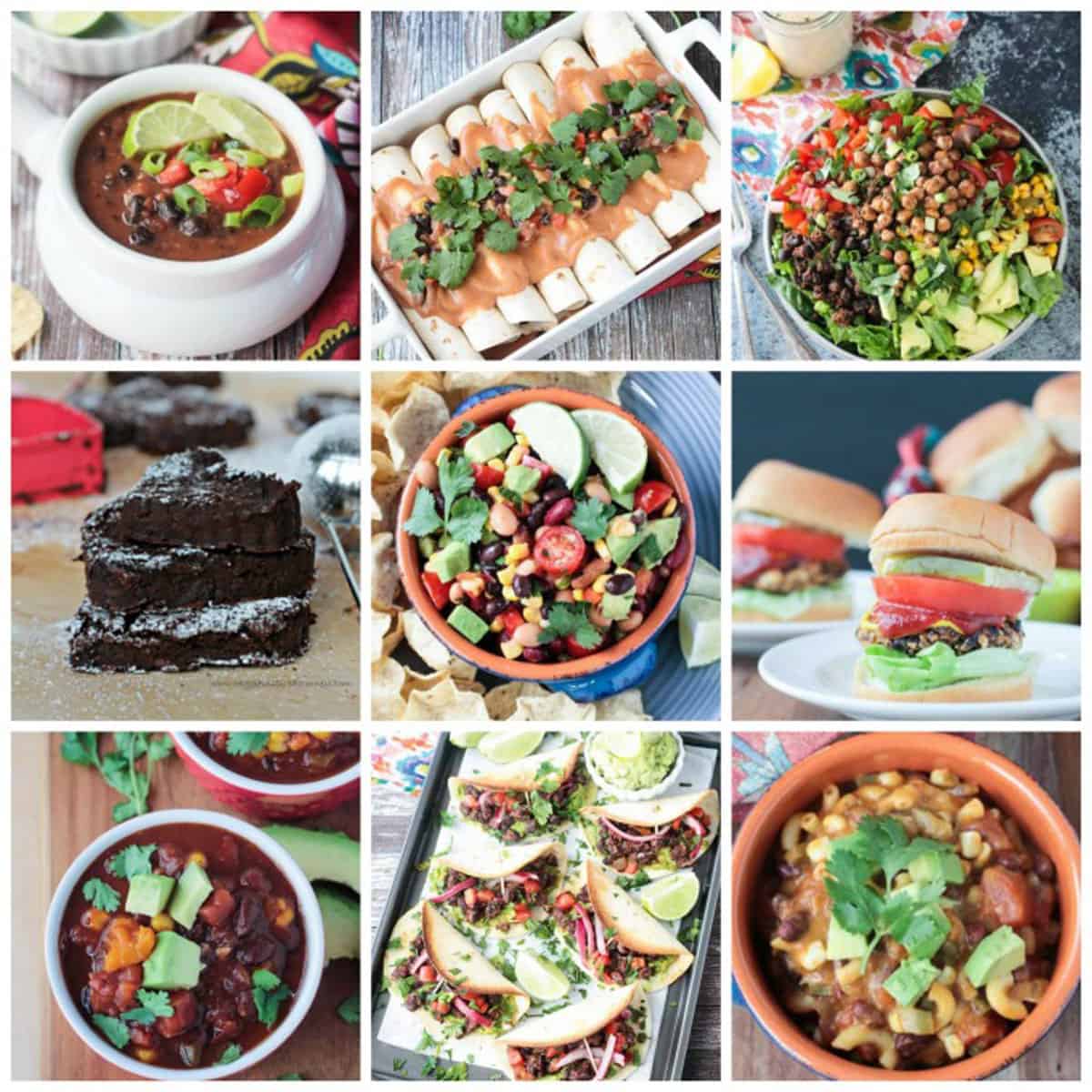
Black beans, whether dried or canned, are a handy ingredient to keep in your pantry. They are a wonderful addition to recipes for any time of day. Try them for breakfast, lunch, dinner, appetizers and snacks, and even dessert!
If you have a can or bag in your pantry, you won’t go hungry! Their mild flavor and meaty texture lends itself well to a variety of dishes. Check out this collection of easy vegan recipes with black beans!
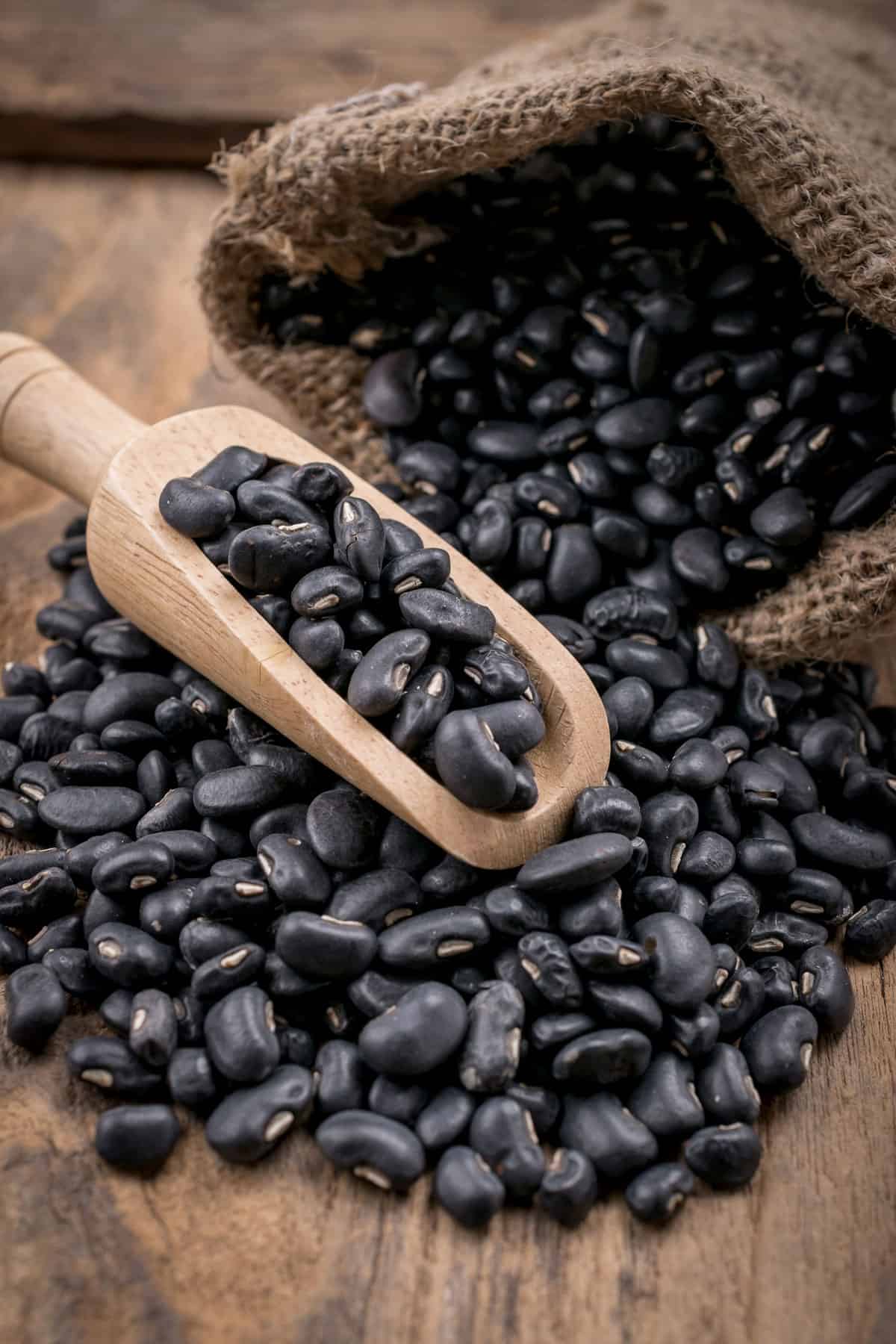
Nutritional highlights
Black beans are in the legume family and, like all legumes, are high in protein and fiber. They also contain good amounts of calcium, iron, magnesium, folate, copper, and zinc.
They have been said to support healthy bones, lower blood pressure, stabilize blood sugars, and maintain healthy digestion. They also have anti-inflammatory properties that may help to prevent disease. [source]
How to cook black beans
Canned beans are already cooked and are ready to be eaten. I love them for convenience as they’re ready to be thrown into all sorts of easy recipes with black beans. I recommend rinsing the beans well under cold water to remove the excess salt and starch and to get rid of any metallic taste they might have picked up from the can. Some recipes will call for using the beans along with the liquid from the can. In these cases, there is no need to rinse them.
Dried beans need to be soaked before cooking if you plan to cook them on the stovetop. If you’re cooking them in a pressure cooker or slow cooker, it may not be necessary to soak them first, but it will cut down on cook time. It is also thought that soaking the beans may alleviate some of the properties that cause gas and bloating.
First, pick through the beans to ensure there are no rocks or stones, then rinse them well under cold water to remove any dust and debris. Soak the beans for 9-12 hours or overnight in a large pot of water. Make sure to use enough water to cover all of the beans. After soaking, rinse them well and cook using your preferred method.
Stovetop directions
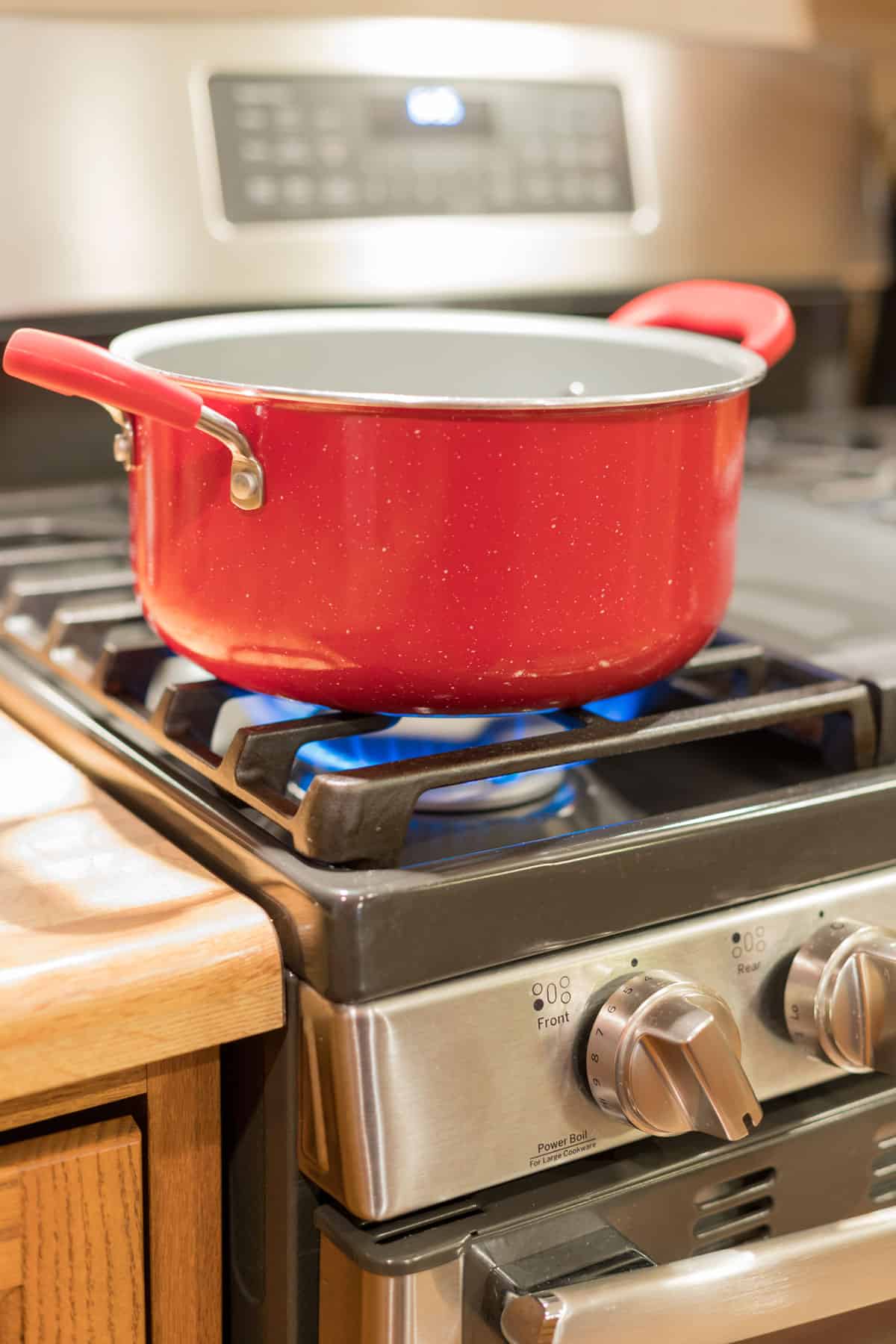
Soak them first, see above. Use a large pot and cover the beans with water by 2 to 3 inches. Bring them to a boil, then reduce the heat to a low simmer. Start checking for doneness after an hour, but know that depending on the age of the beans, it could take several hours.
Drain any remaining water.
Instant Pot directions
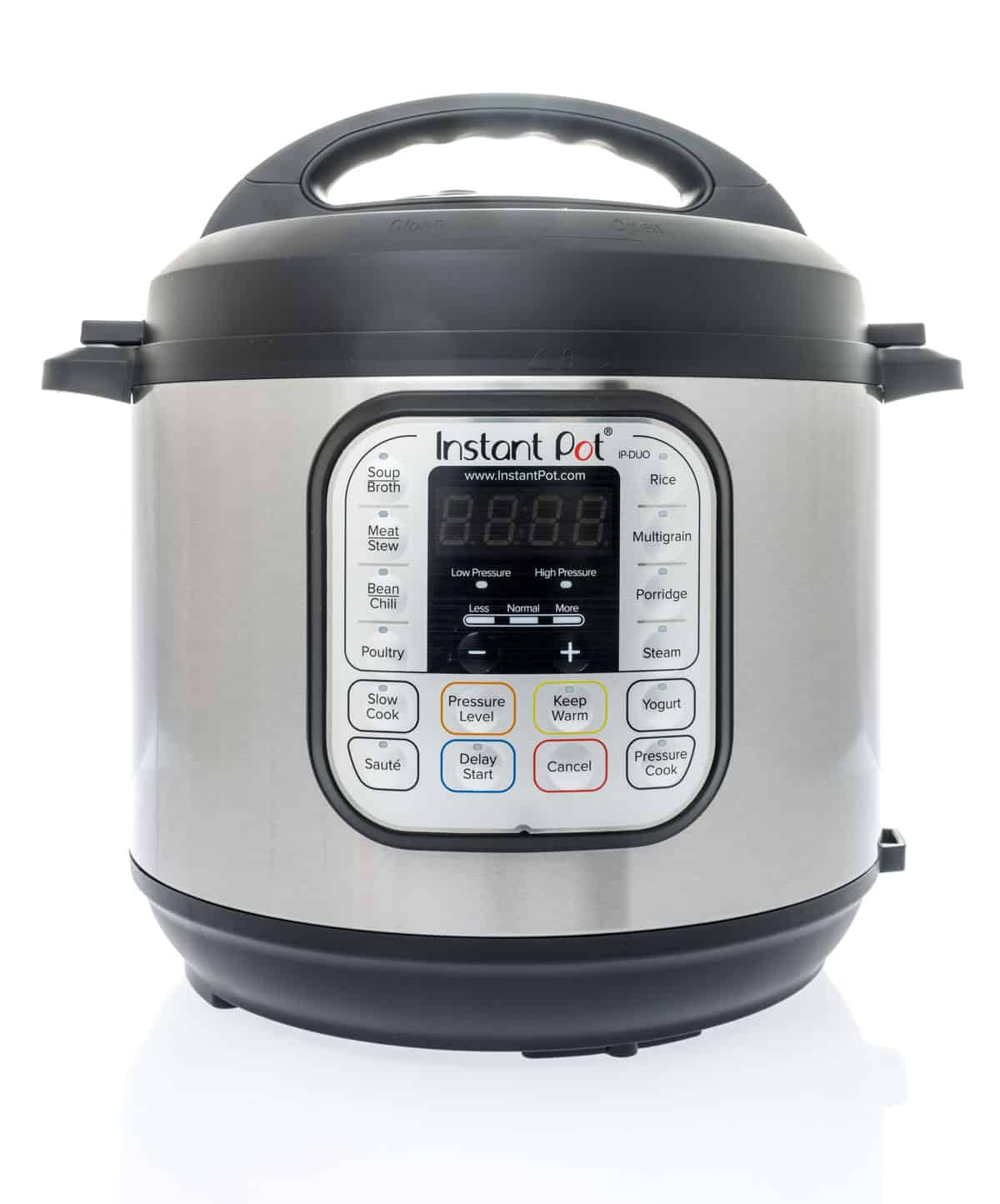
While you don’t necessarily need to soak the beans first when cooking an Instant Pot or pressure cooker, it will cut down on cooking time.
You’ll need 3 cups of water for every cup of dried beans.
Under high-pressure and the steam-release valve set to Sealing, cook for 8 to 10 minutes, with a 15-minute natural release. If you want your beans on the firmer side, cook for 8 minutes. If you want them a bit softer, cook for 10 minutes.
If you don’t soak them first, you’ll need to cook for 25-30 minutes under high-pressure, with a 15-minute natural release.
Drain any remaining water.
Slow cooker directions
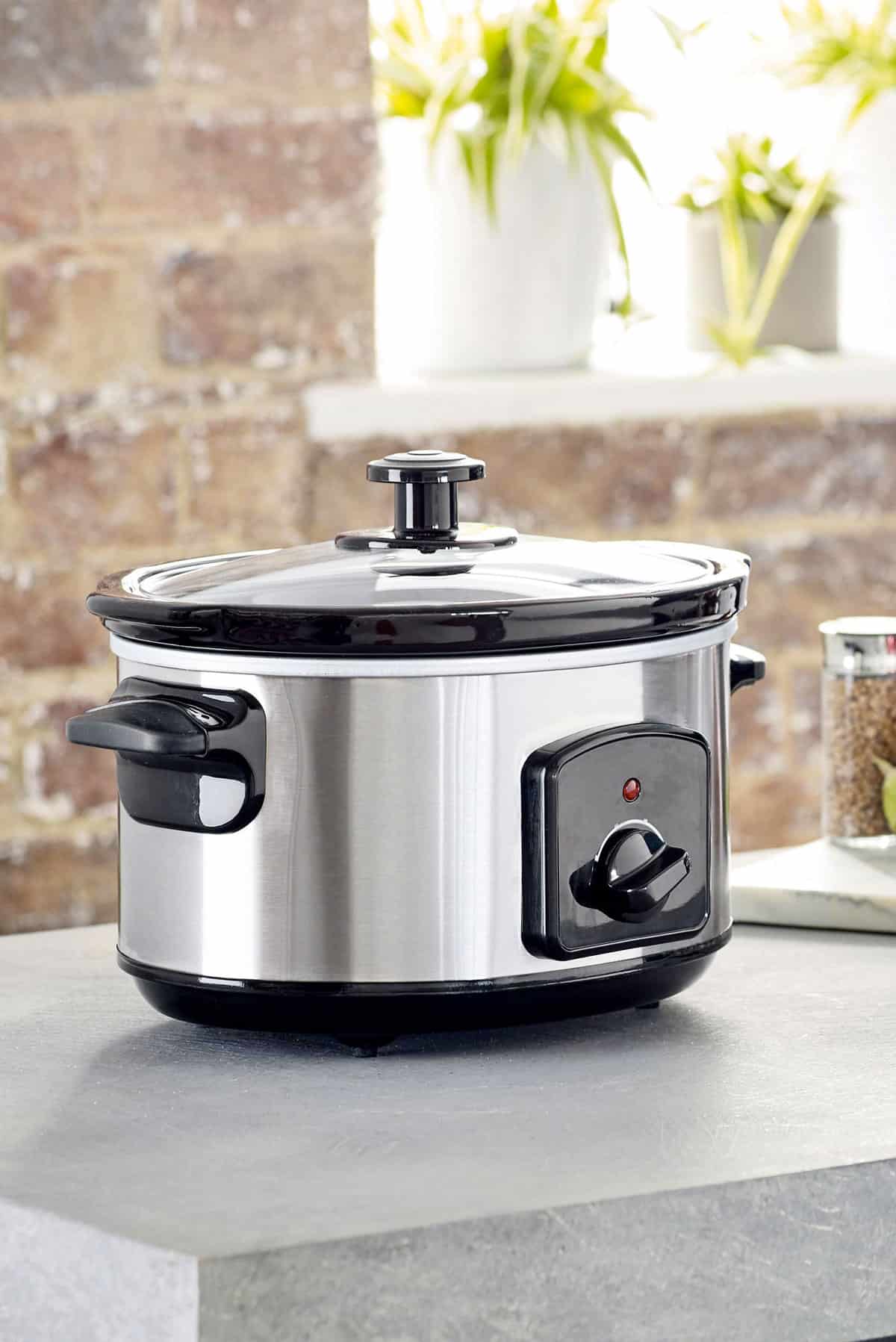
For the slow cooker method, you’ll need 3 cups of water for every 1 cup of beans.
Soaking doesn’t make much of a difference on time when using a slow cooker. See above under “Do I need to soak them?” for other reasons you may choose to do so.
Cook the dried beans beans for 3 to 4 hours on High or 7 to 8 hours on Low. The cook time will vary depending on the age of the beans. Older beans will take longer. Start checking for doneness at the above listed times and cook longer if needed.
Drain any excess water after cooking.
Storage and freezing
Unopened canned beans will last in the pantry for about a year.
Dried beans, stored in a dry, cool place, will last at least one year, potentially longer. Older beans, however, may need longer cooking times and sometimes won’t soften at all no matter how long you cook them.
Once cooked, they can be stored in an air-tight container in the fridge for 4 to 5 days. Or you can transfer them to a freezer safe plastic bag and store in the freezer for up to 3 months.
I like to store them in 1 ½ cup measurements, which is equivalent to a 15-ounce can, as most recipes with black beans call for this amount.
Pro tips and tricks
~ Canned beans can be used as is, but rinsing them is a good idea to remove any excess salt and starch
~ For dried beans, pick them over and remove any rocks or stones
~ Rinse them well under cold water to remove any dust and debris
~ Soak dry beans for 12 hours or overnight to reduce cooking time
~ Cover with water by at least 2 to 3 inches as they will expand as they cook
~ Do not add salt to the cooking water until the beans are tender, as it could prohibit them from cooking properly.Make a big batch and store beans in 1 ½ cup portions (the amount in a 15-ounce can) in the freezer for adding to recipes on the fly.
FAQs
Black beans are an excellent source of fiber, protein, and folate. They are a low fat food that will keep you feeling full and satisfied.
Once cooked, they have a mild taste and creamy texture that pair well with a number of different ingredients. They are often paired with herbs and spices found in Mexican, Spanish, and Caribbean dishes, but you’ll find recipes with black beans in many cuisines around the world.
Dried beans need to be soaked before cooking if you plan to cook them on the stovetop.
If you’re cooking them in a pressure cooker or slow cooker, it may not be necessary to soak them first, but it will cut down on cook time.
It is also thought that soaking the beans may alleviate some of the properties that cause gas and bloating.
Salt or acidic ingredients added too soon in the cooking process can cause the beans to remain tough. Wait to add these seasonings until the beans are already tender.
This may also occur with a batch of older beans. The outer coating tends to change with time and the pores through which water would normally absorb can close, making it impossible for the beans to soften no matter how long you cook them.
More easy vegan recipes with grocery staples
I hope you love these recipes as much as we do! If you try any of them, please leave a comment below with your feedback.
Be sure to sign up for my FREE Newsletter to be the first to get my NEW recipes! You can also follow me on Instagram, Facebook, and Pinterest.
Soups/Stews/Chilis
Black beans hold their shape well even when cooked for long amounts of time, though the inside of the beans get wonderfully creamy. This makes them an ideal choice for soups, stews, and chilis.
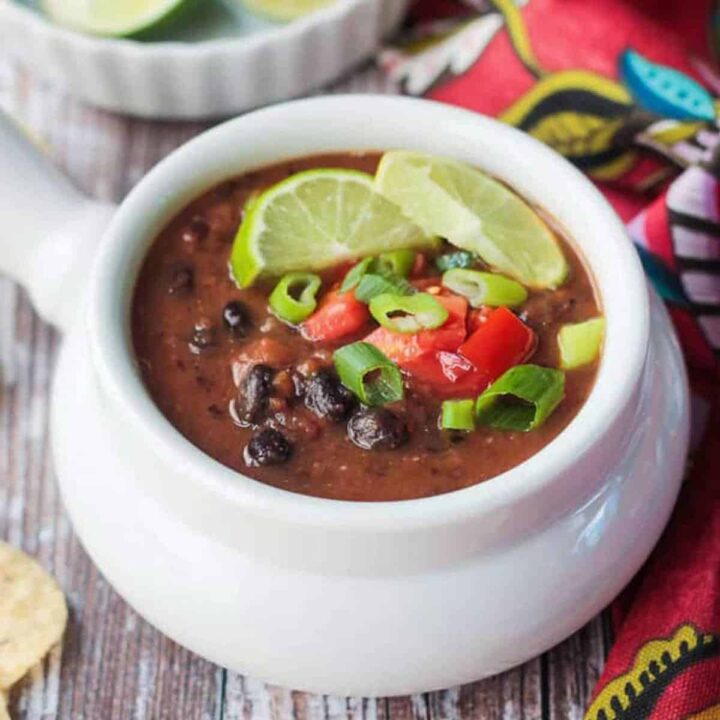
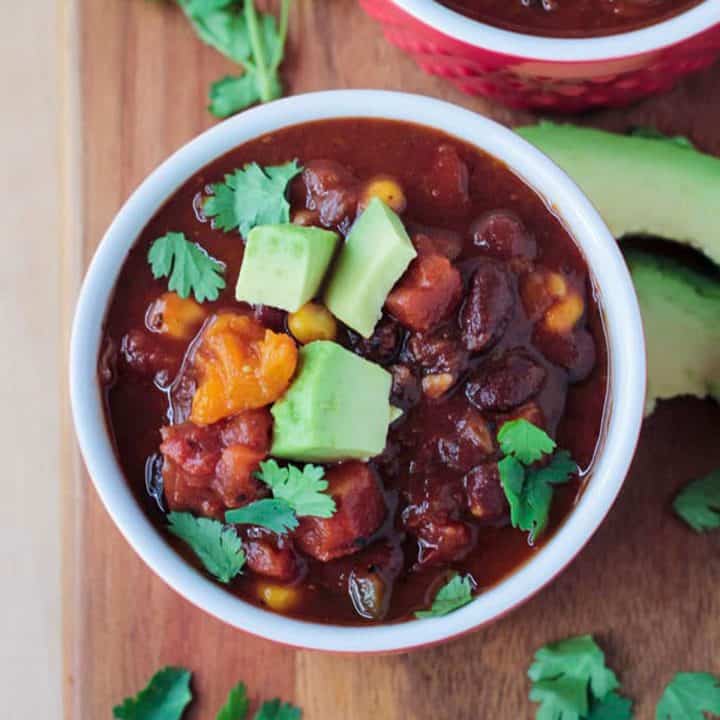
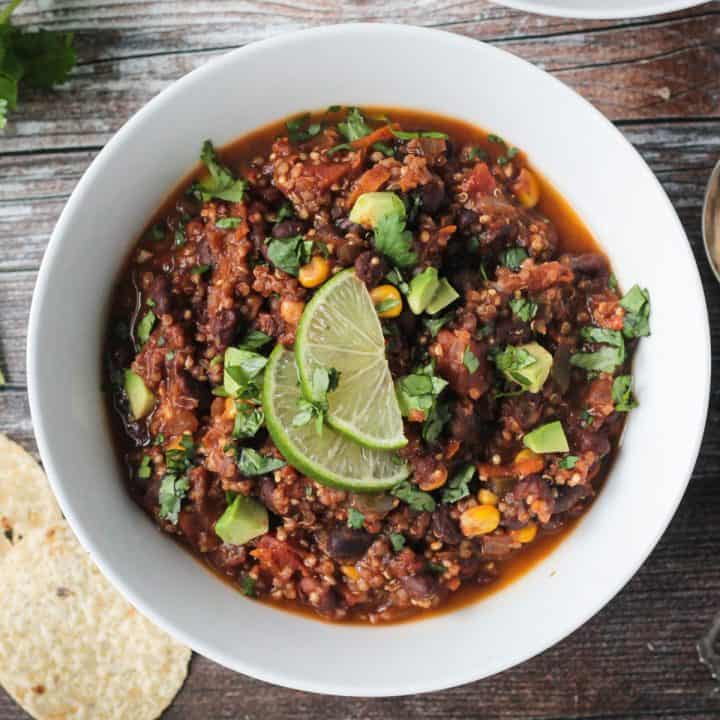
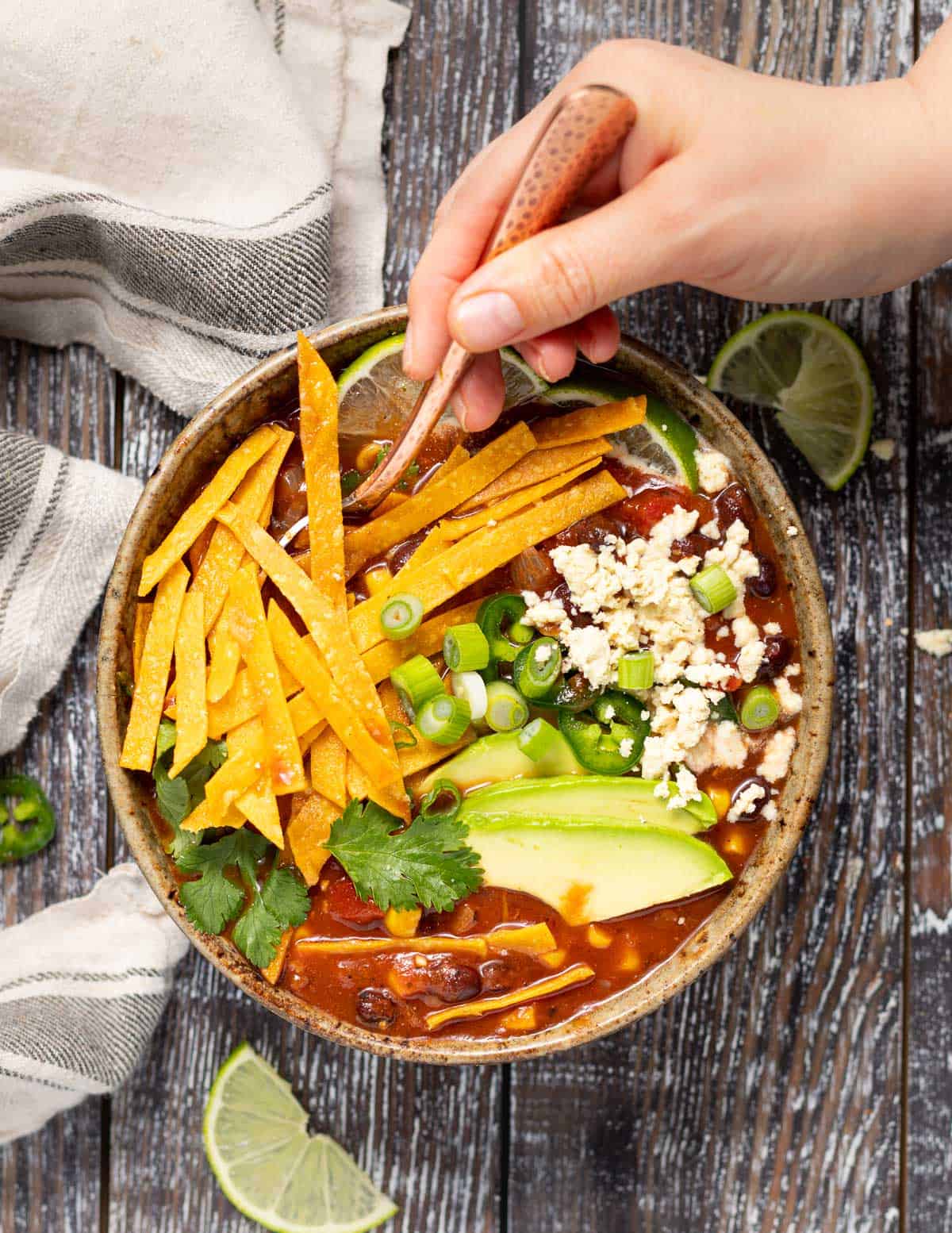
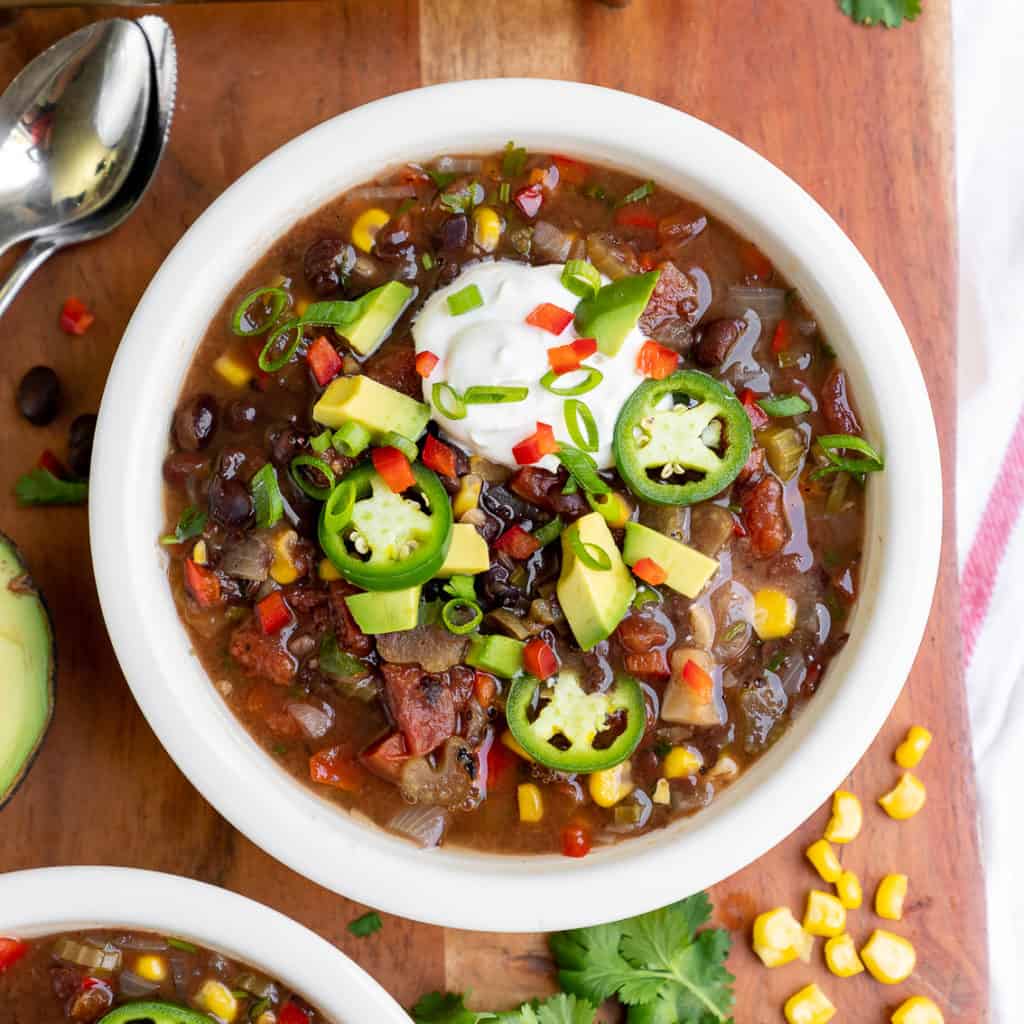
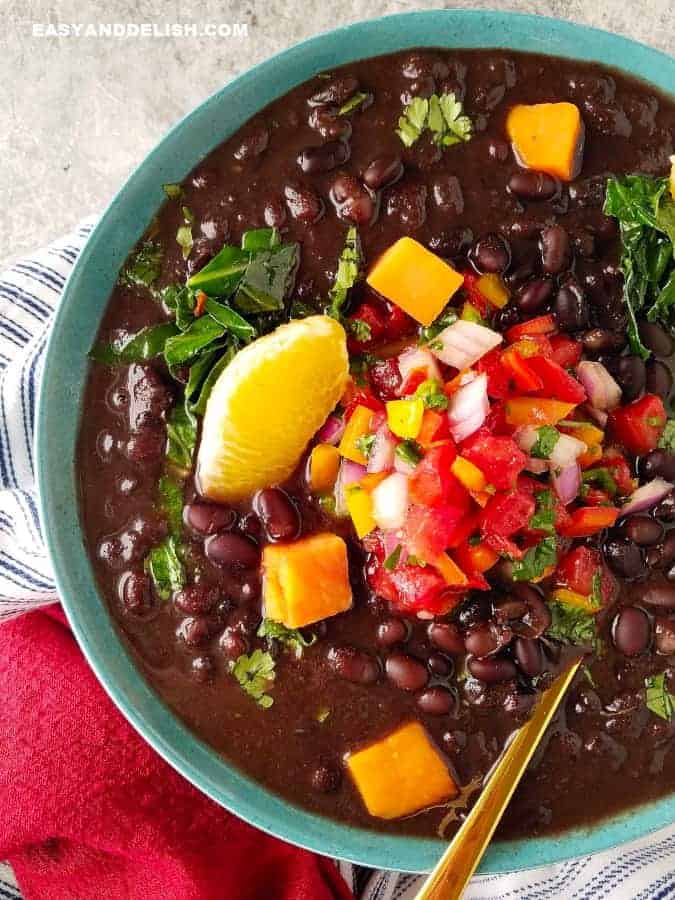
Salads and Bowls
Black beans are an easy addition to salads and bowls that brings added protein, fiber, and satiety.
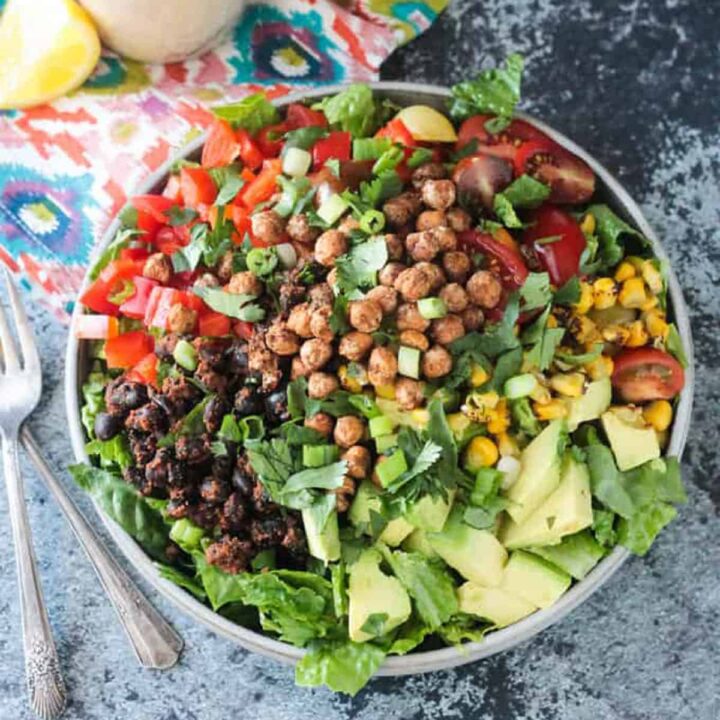
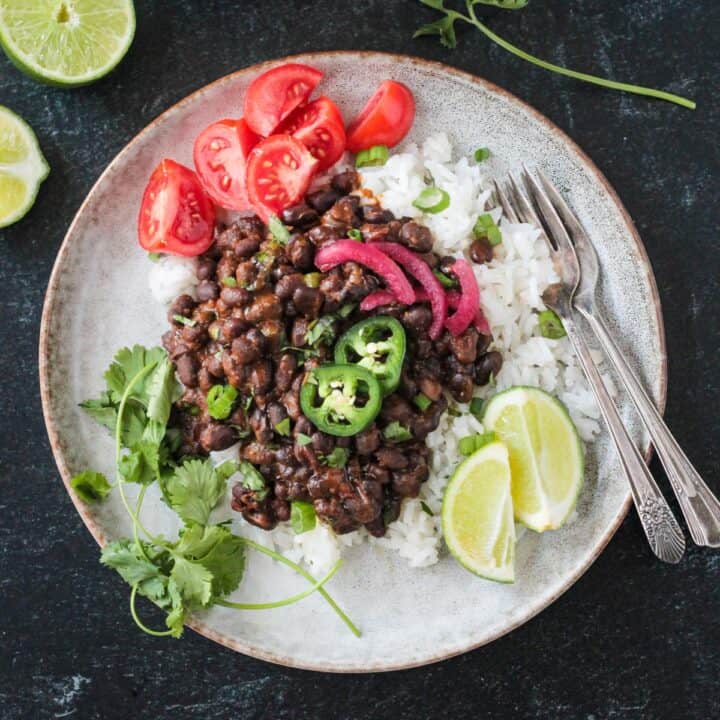
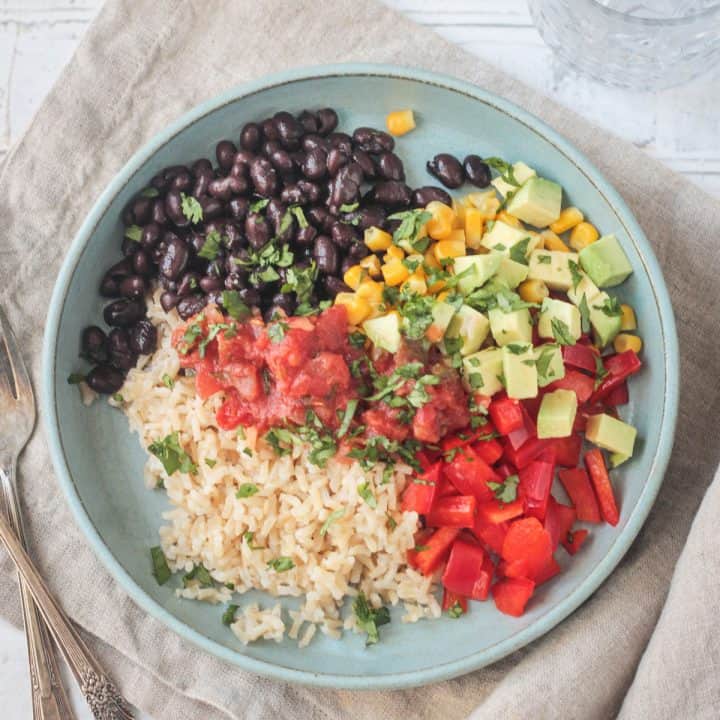
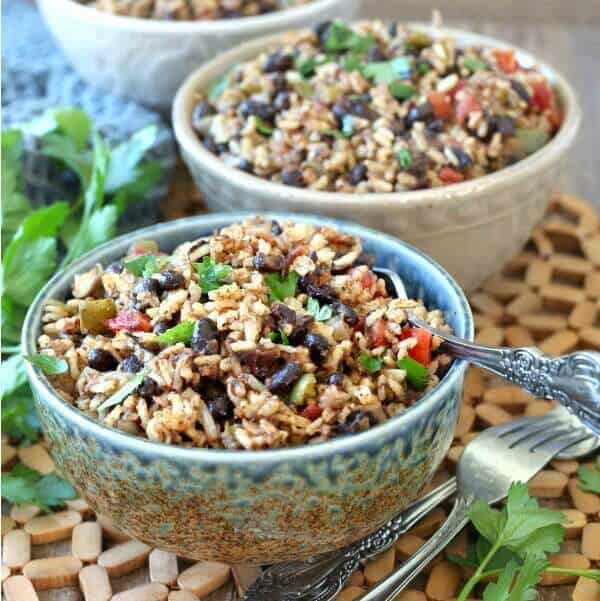
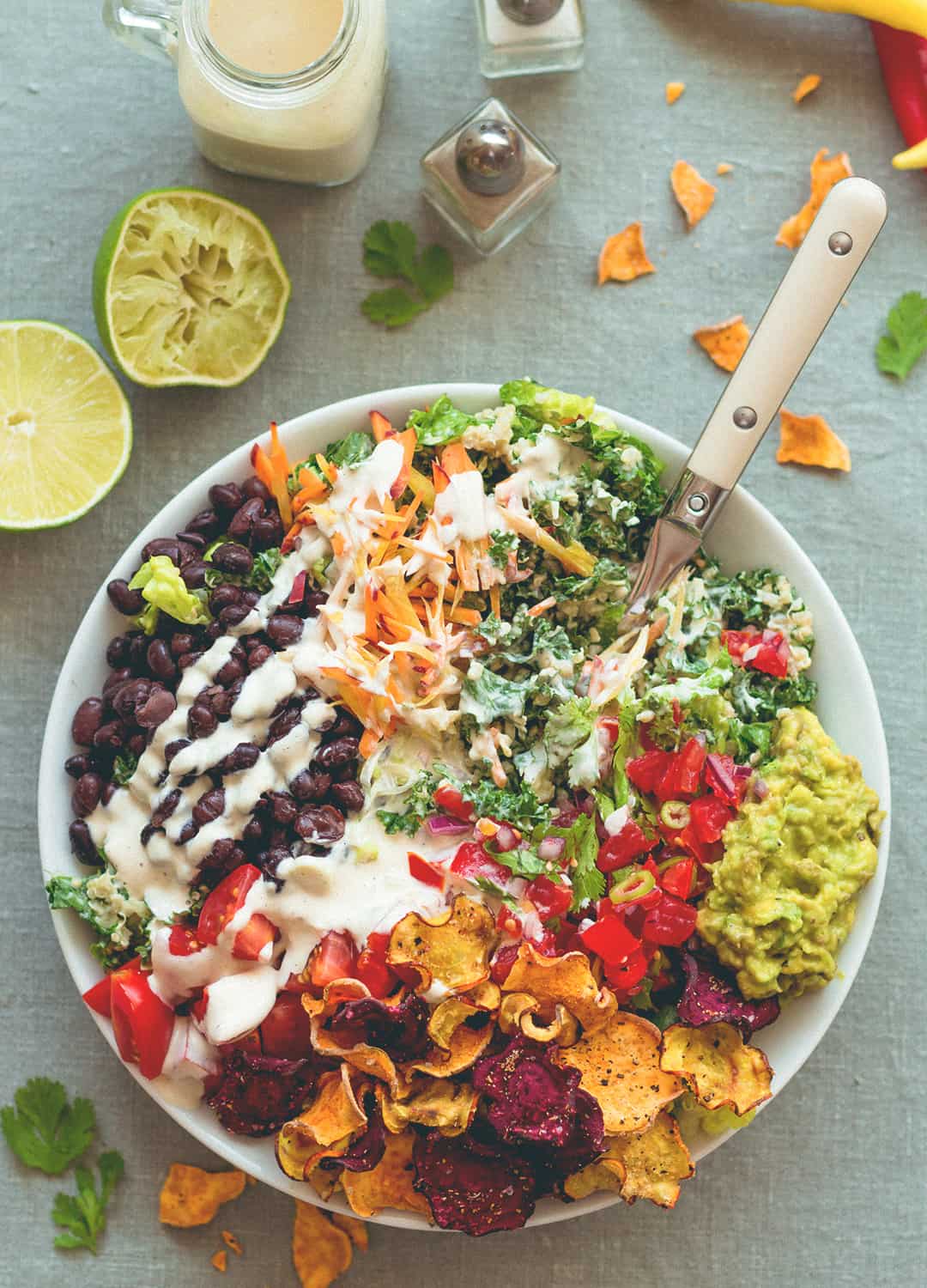
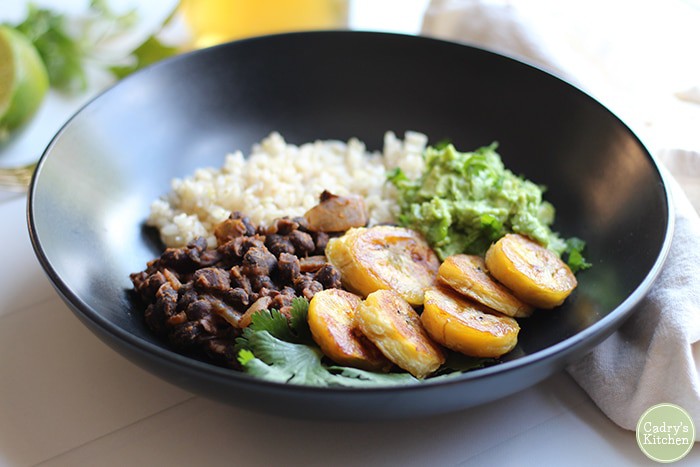
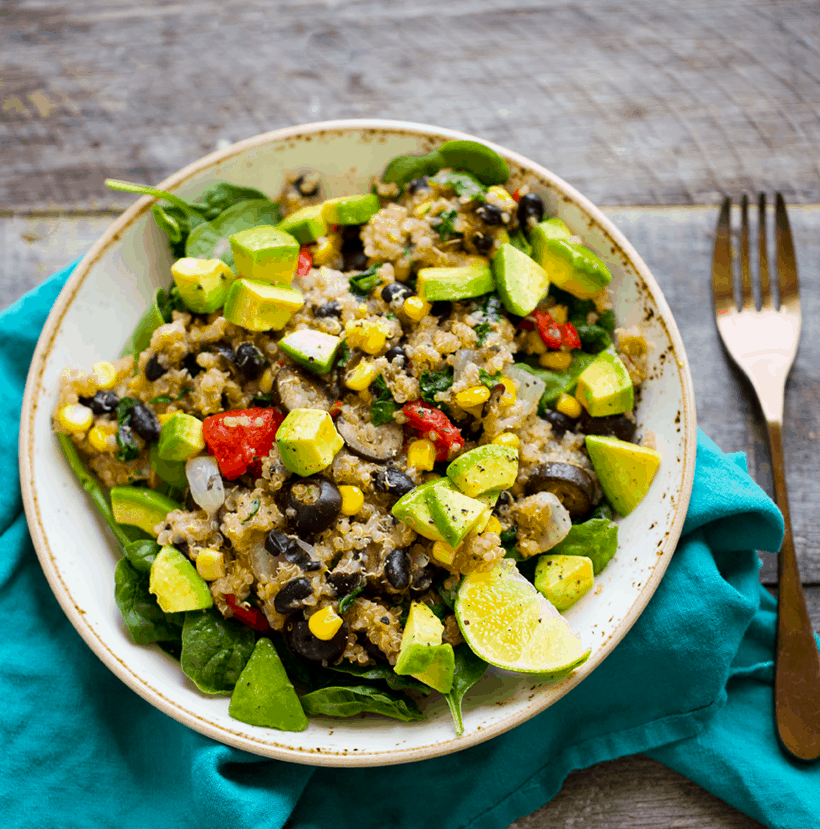
Tacos and Wraps
Black beans are an easy addition to tacos and wraps as they pair well with a variety of vegetables and spices.
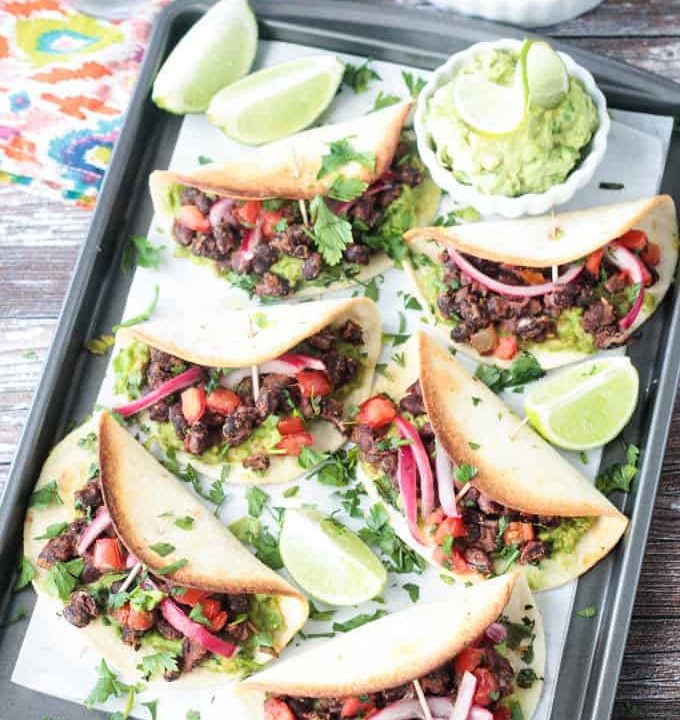
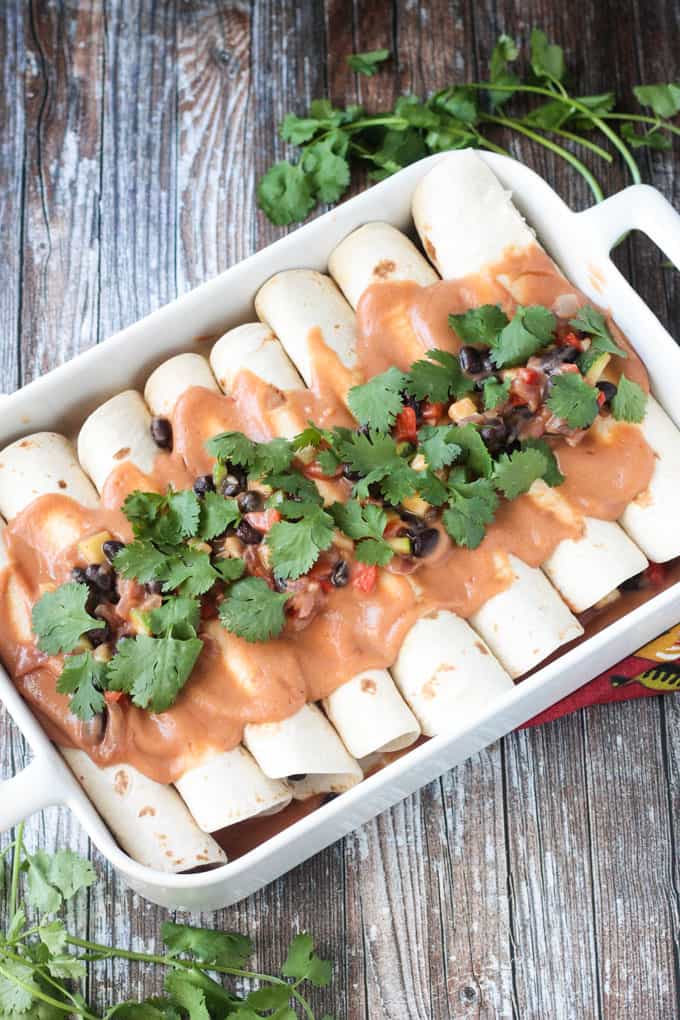
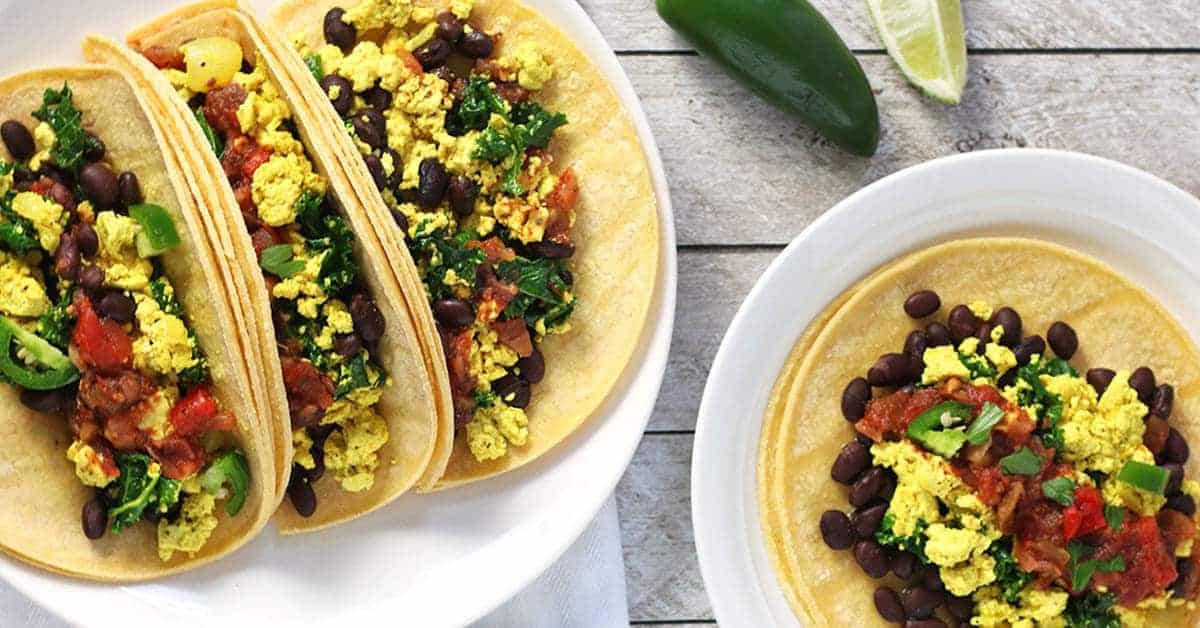
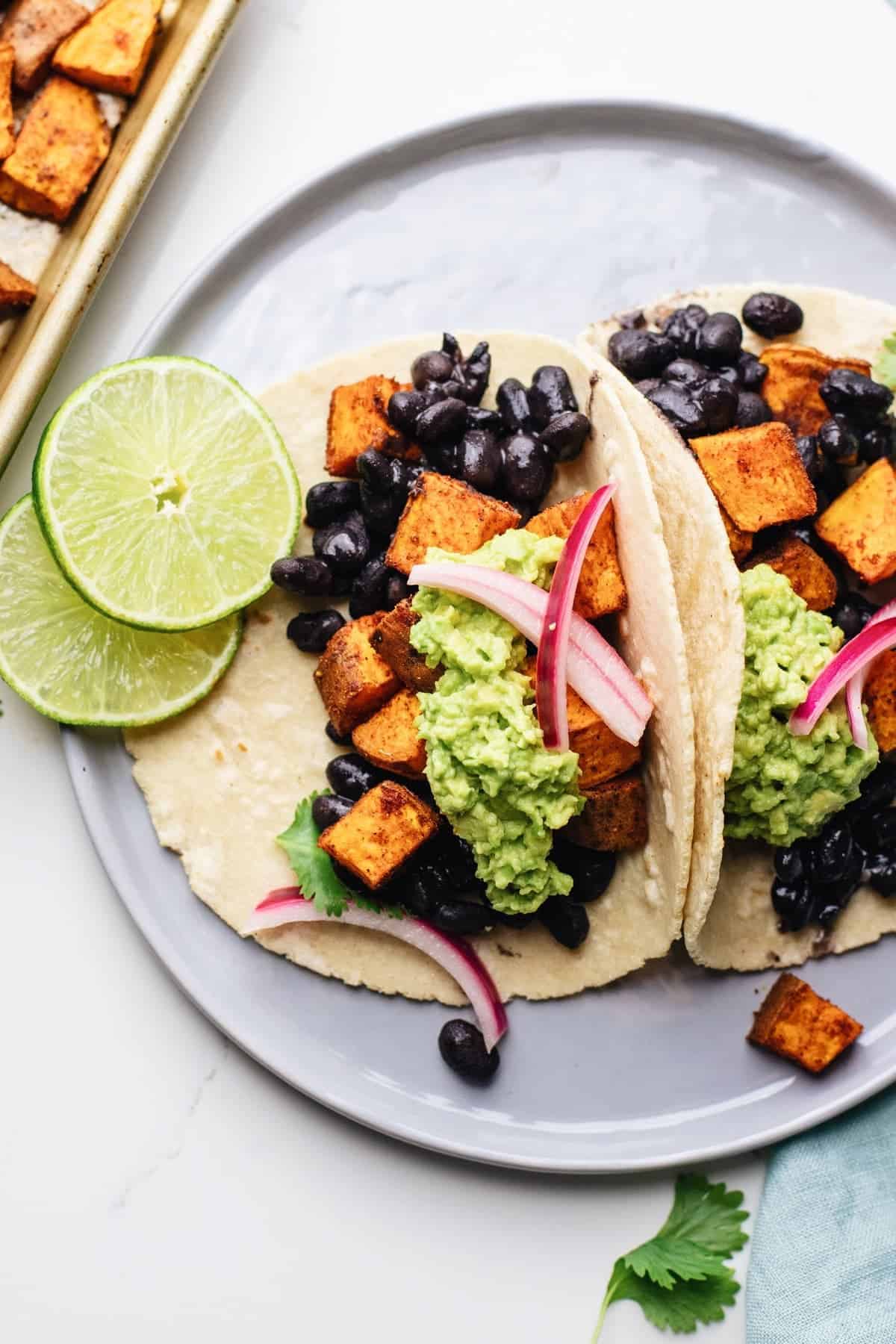
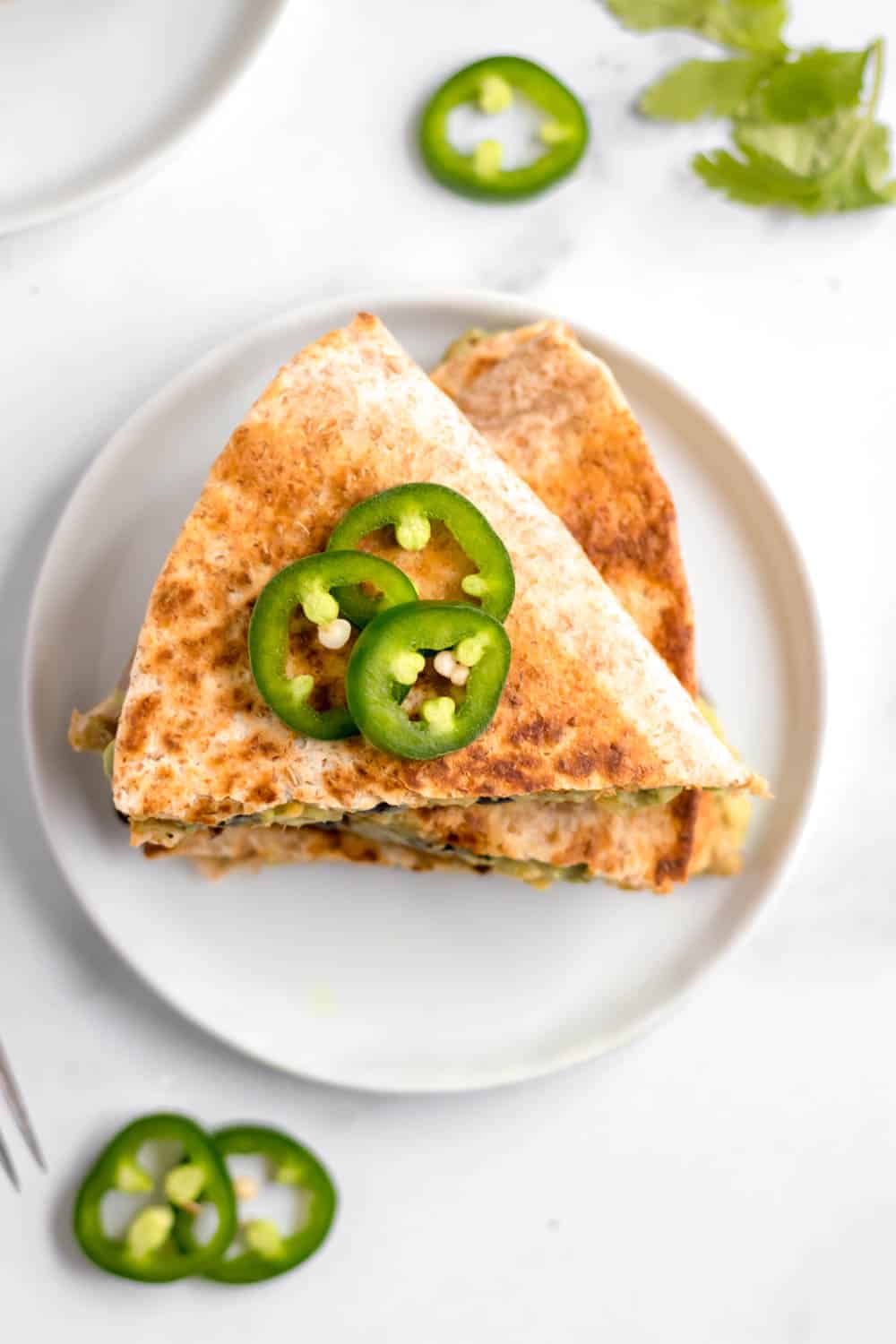
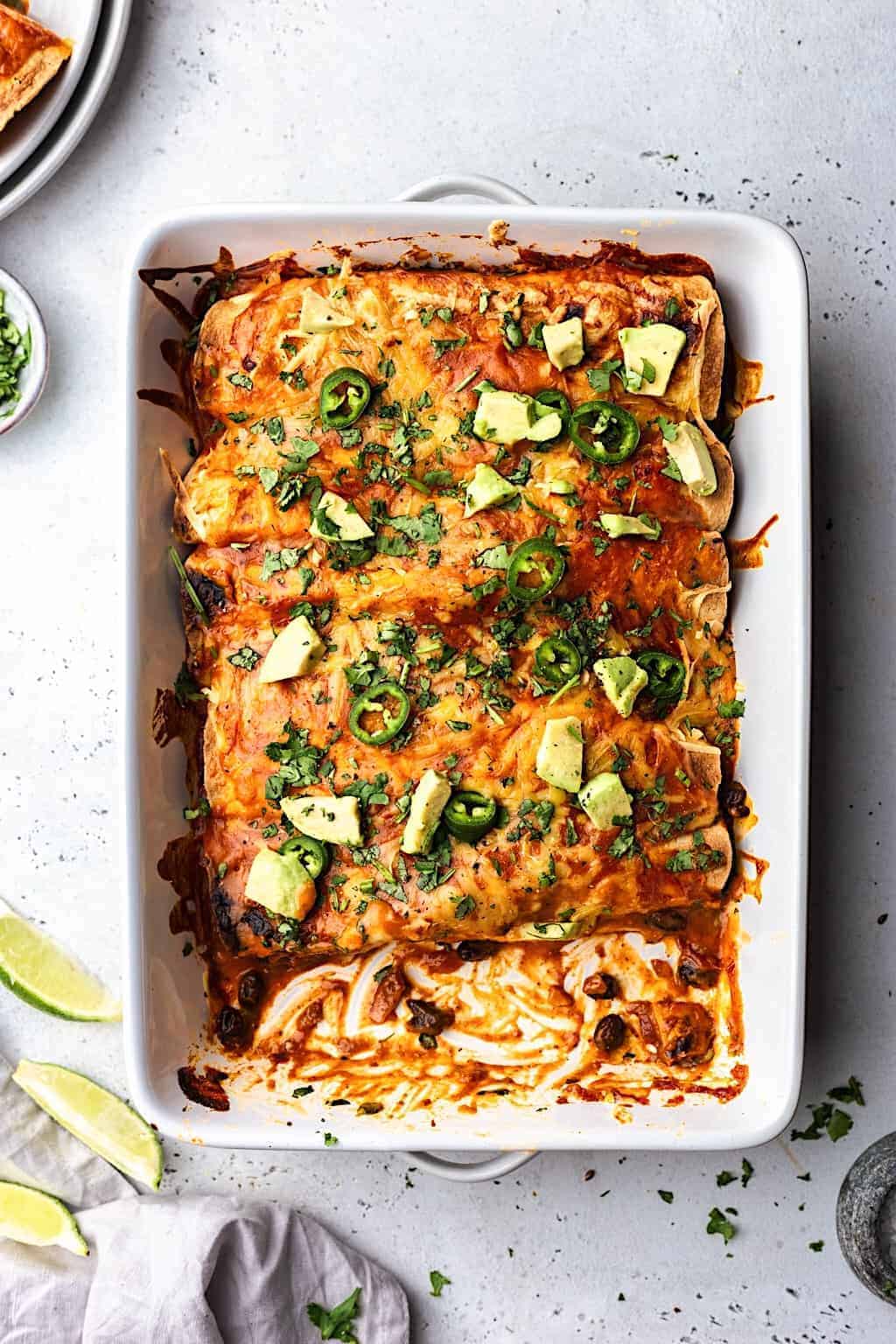
Burgers and Patties
Black beans lend themselves perfectly to veggies burgers as they mash well and are mild in flavor, able to take on any seasonings you choose.
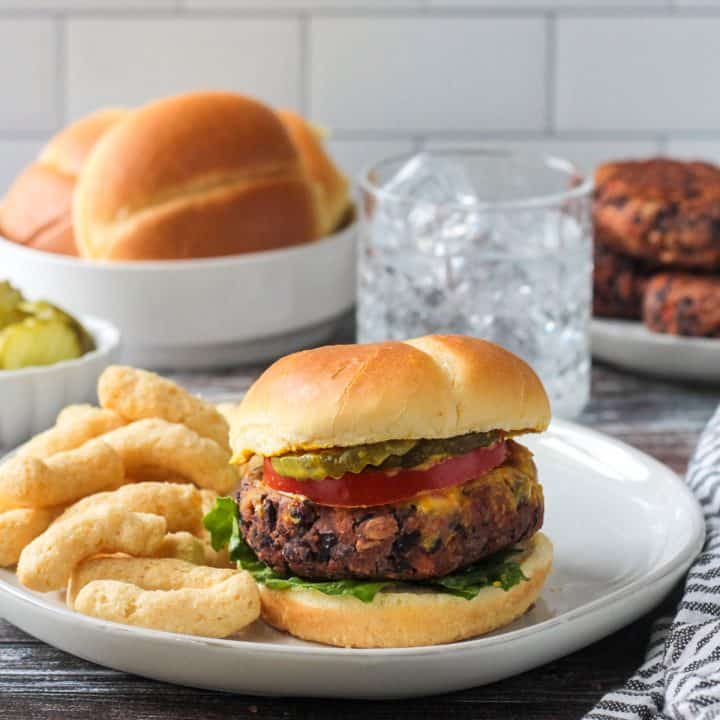
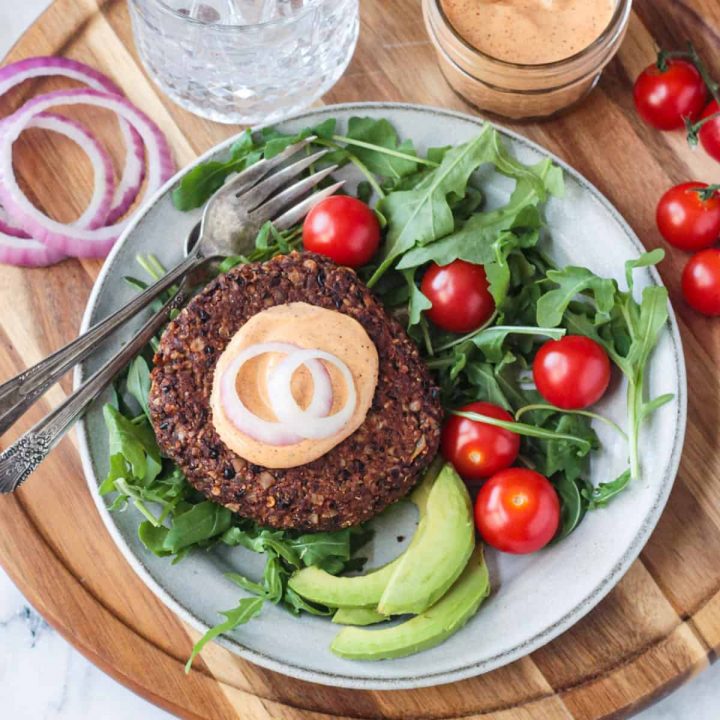
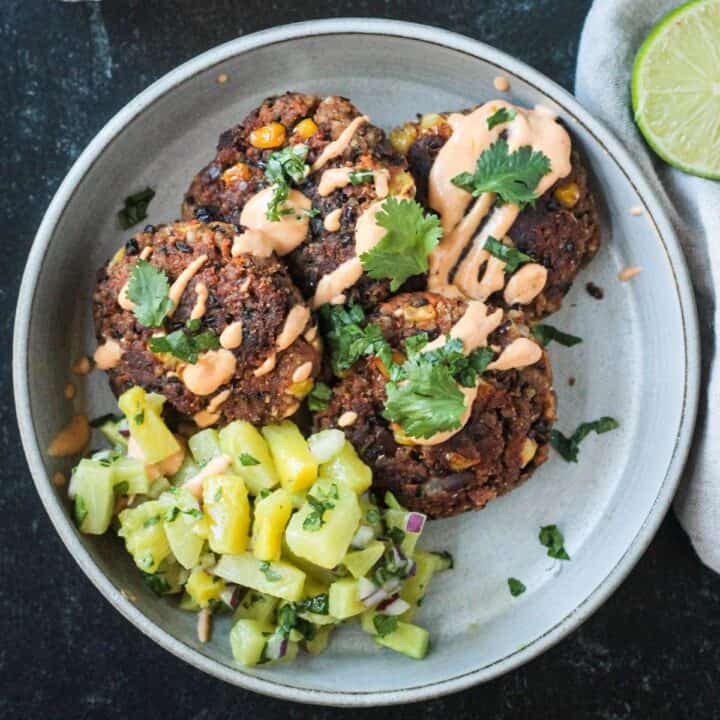
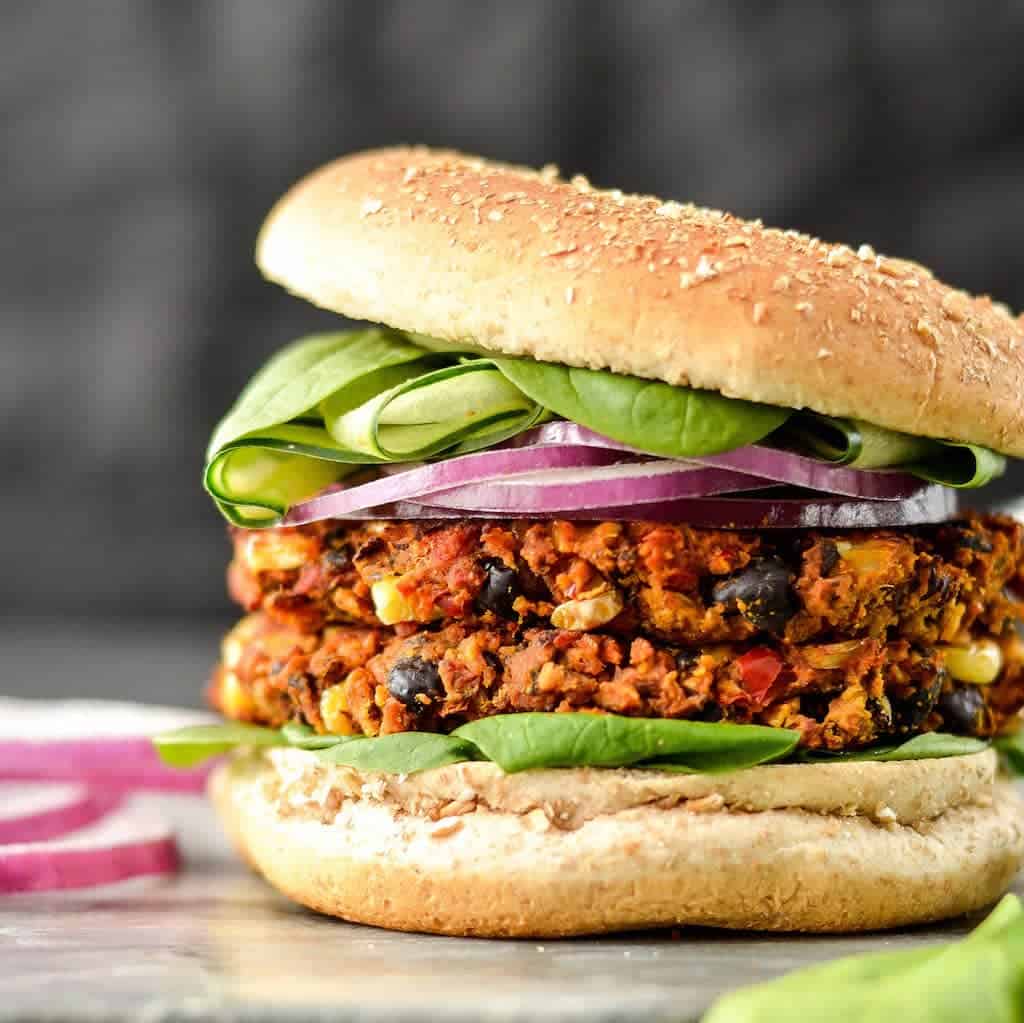
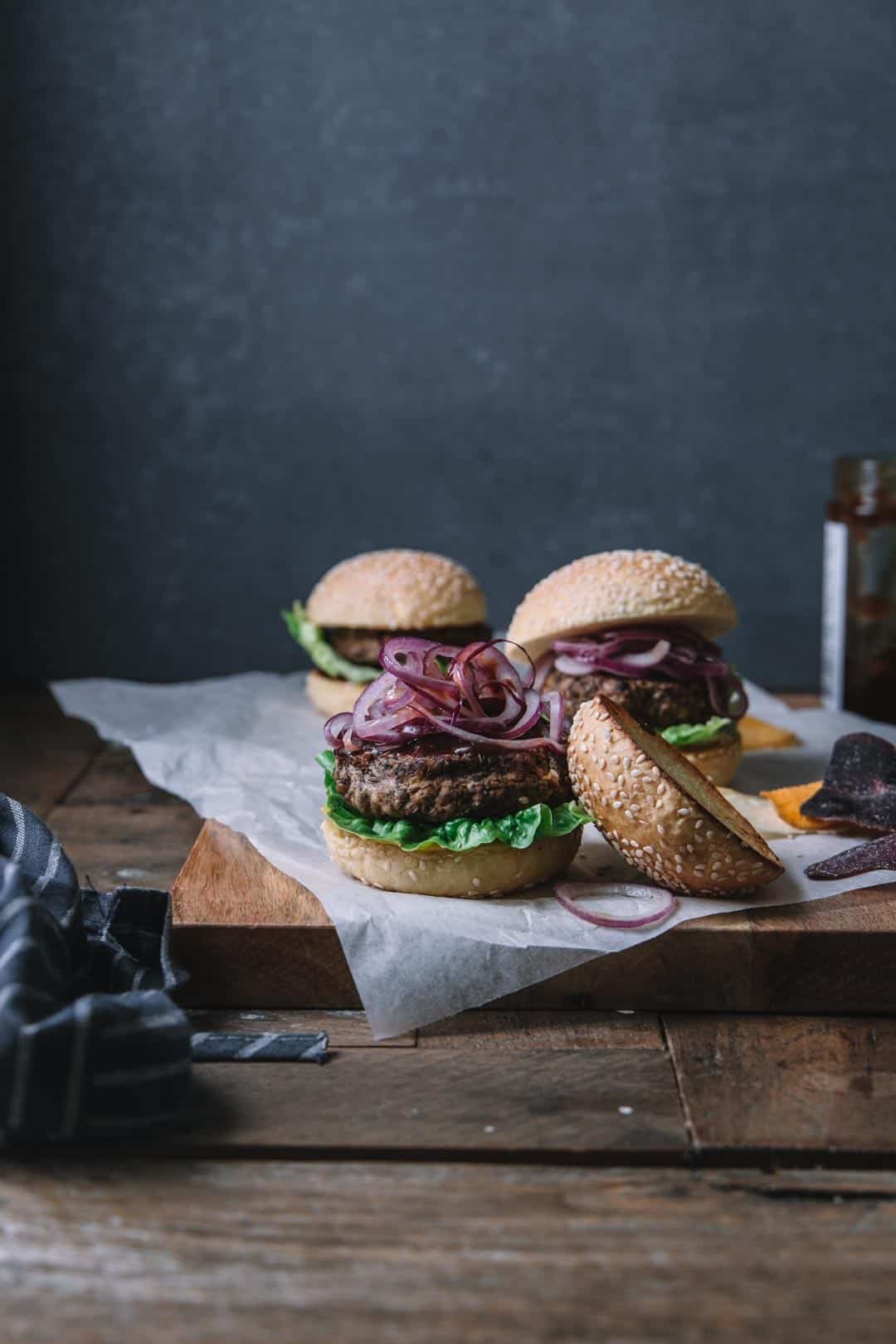
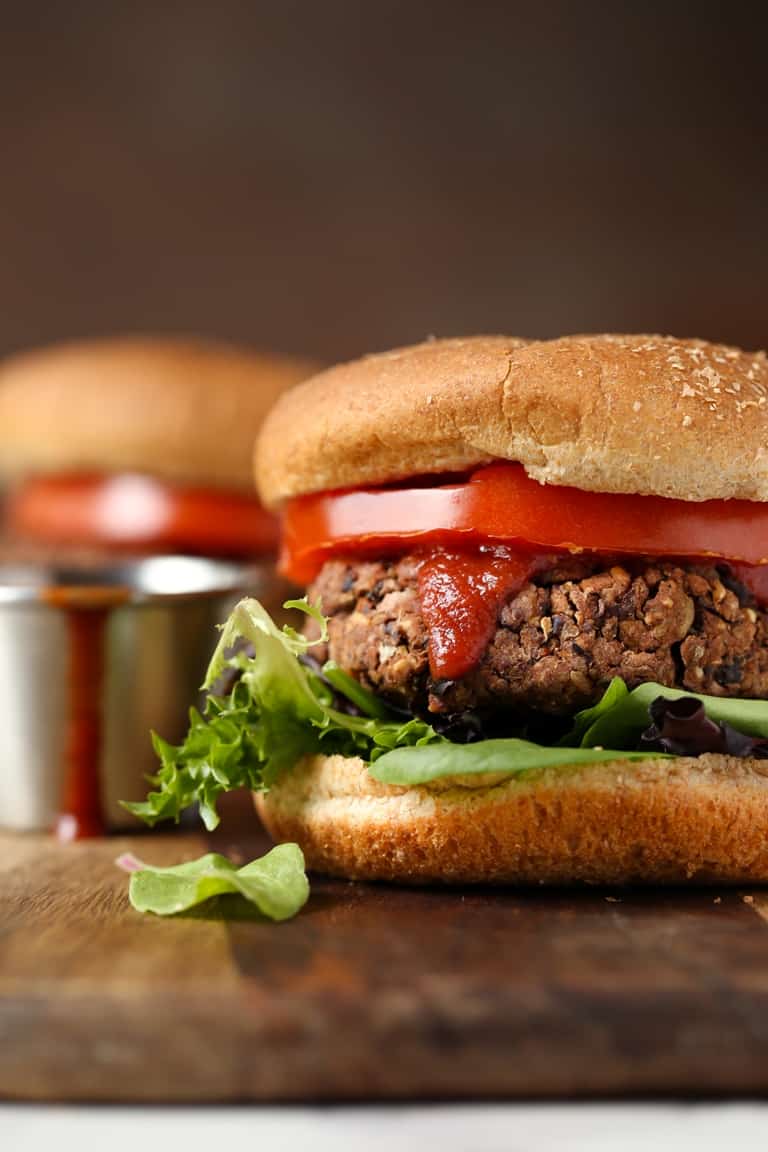
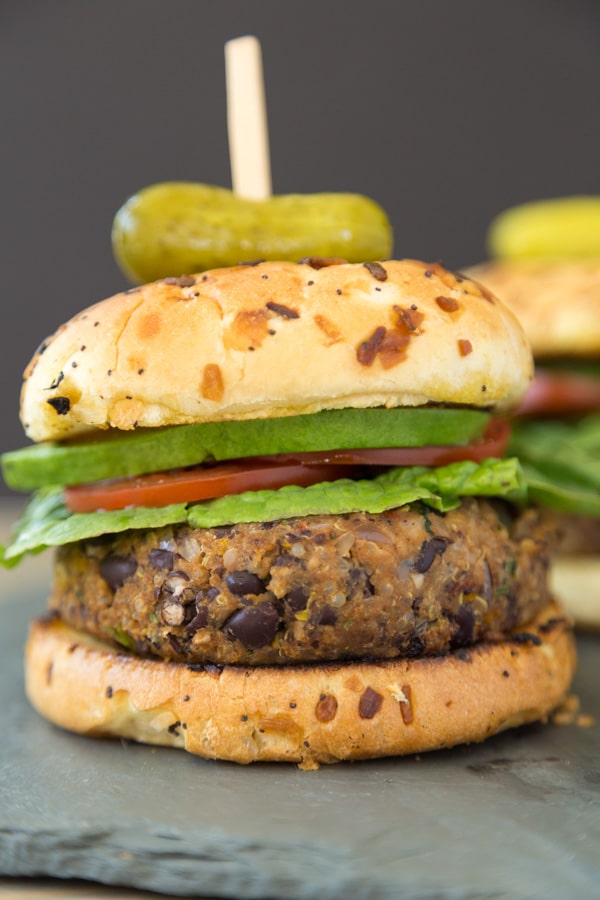
Pasta and Grains
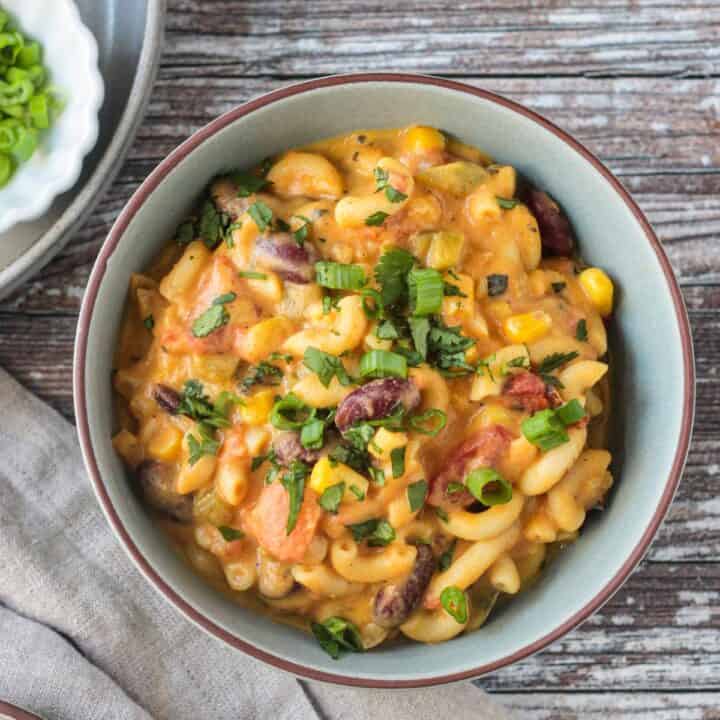
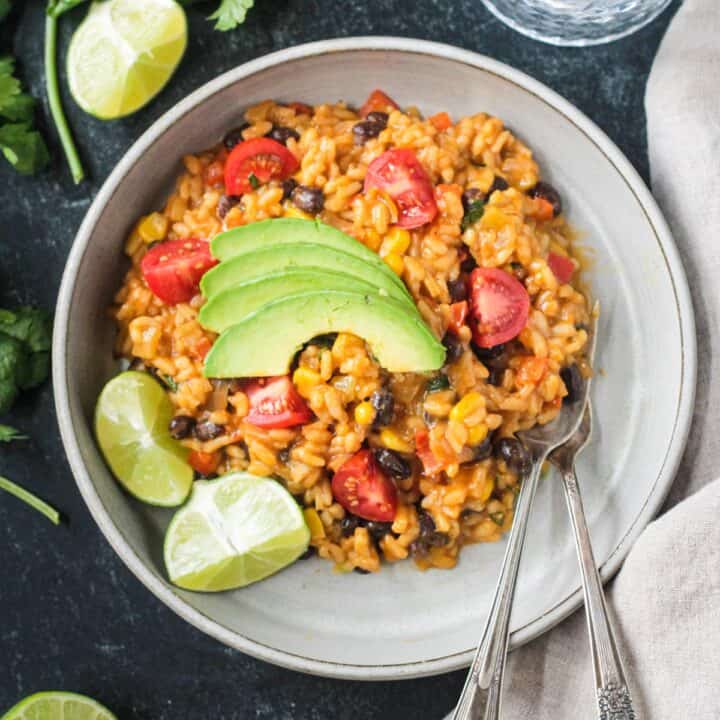
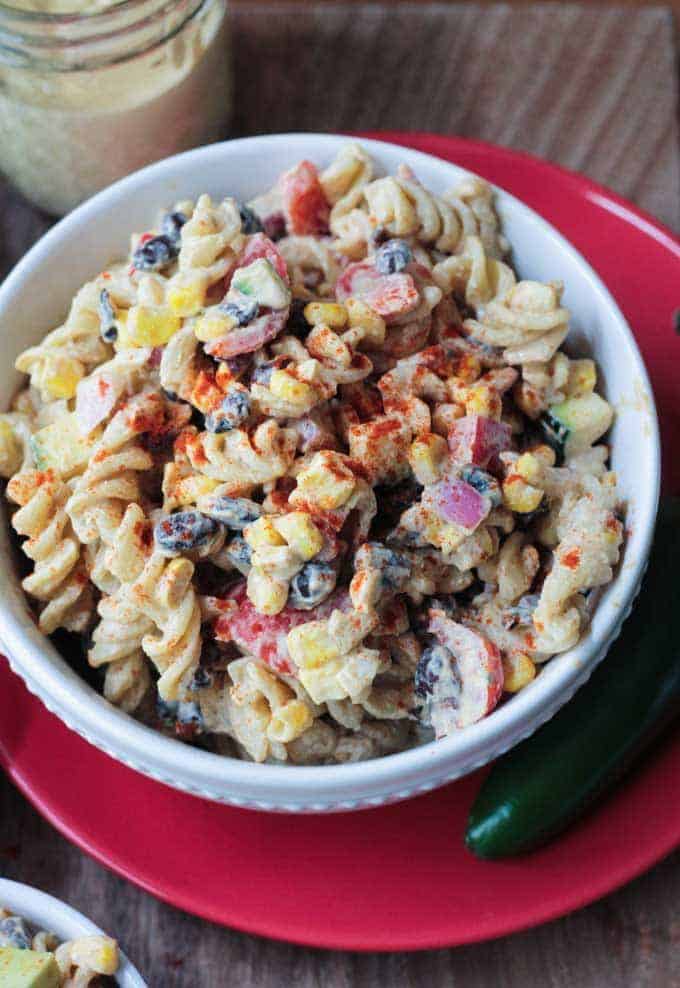
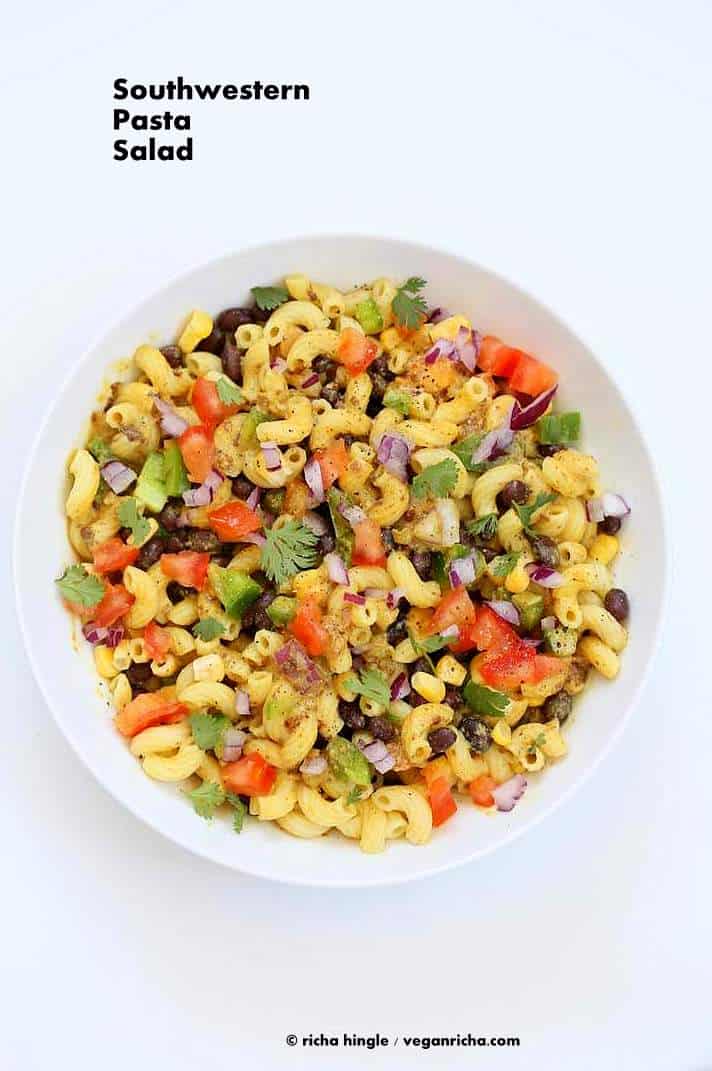
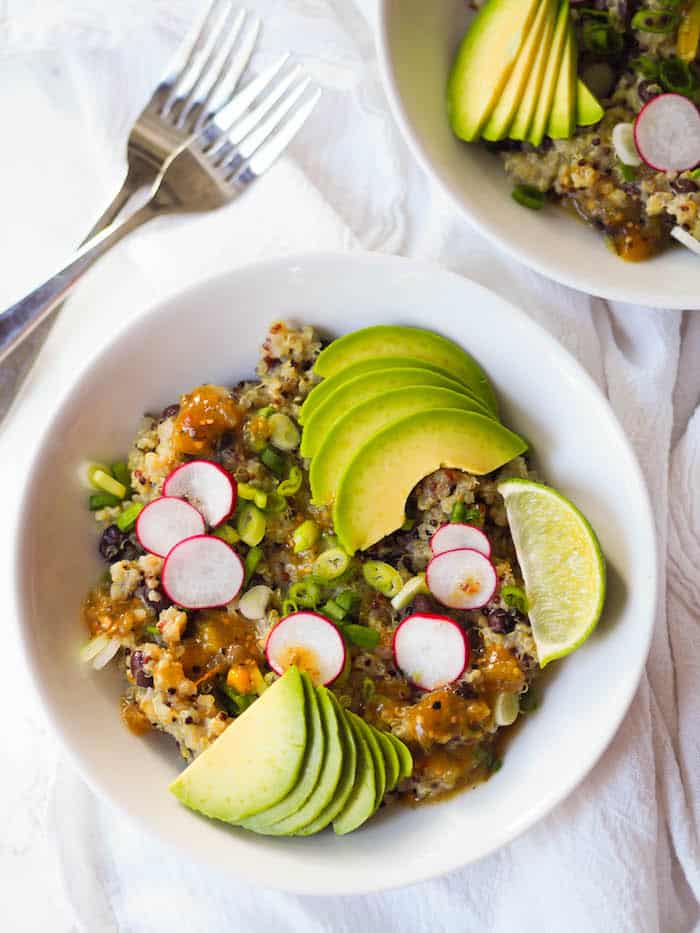
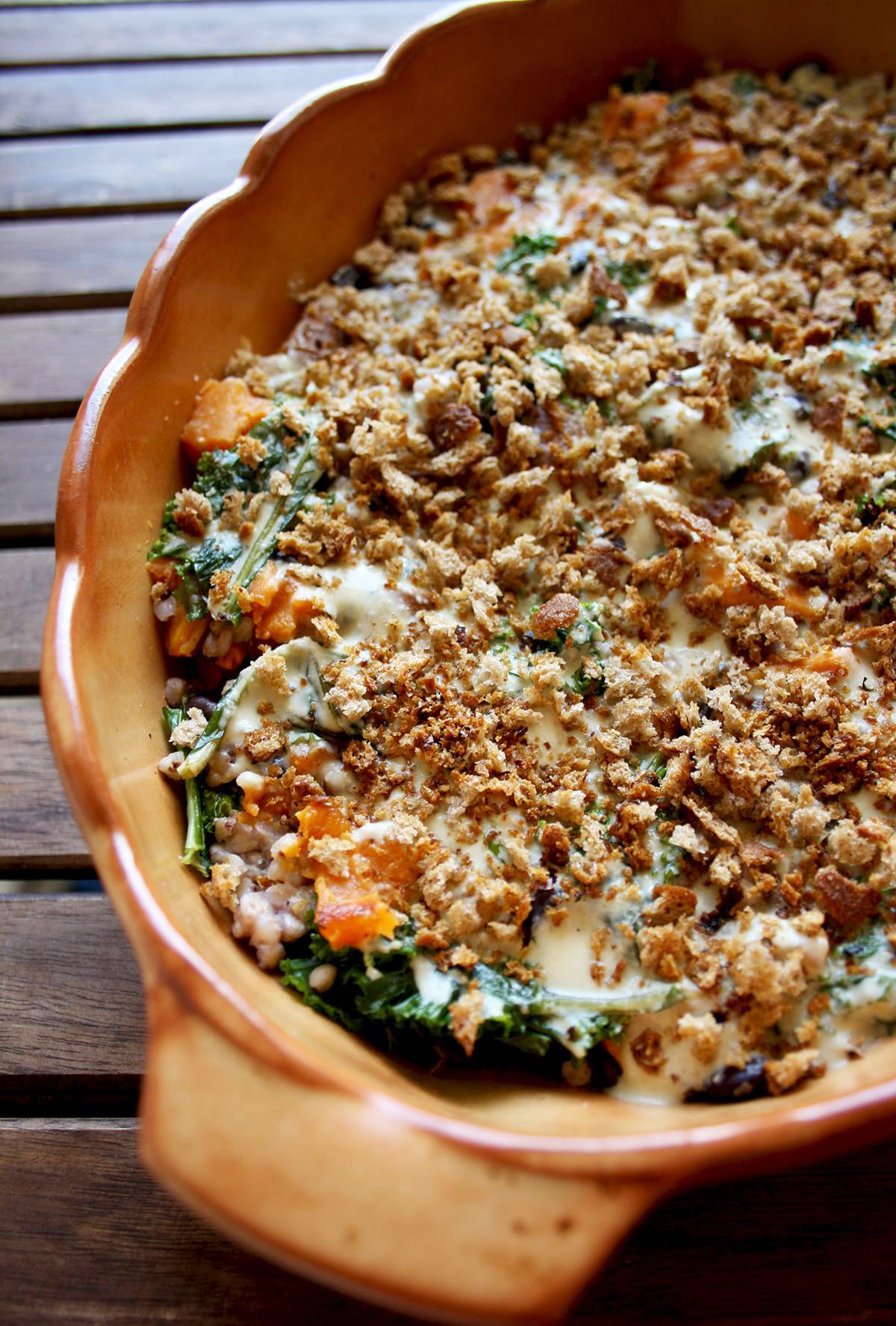
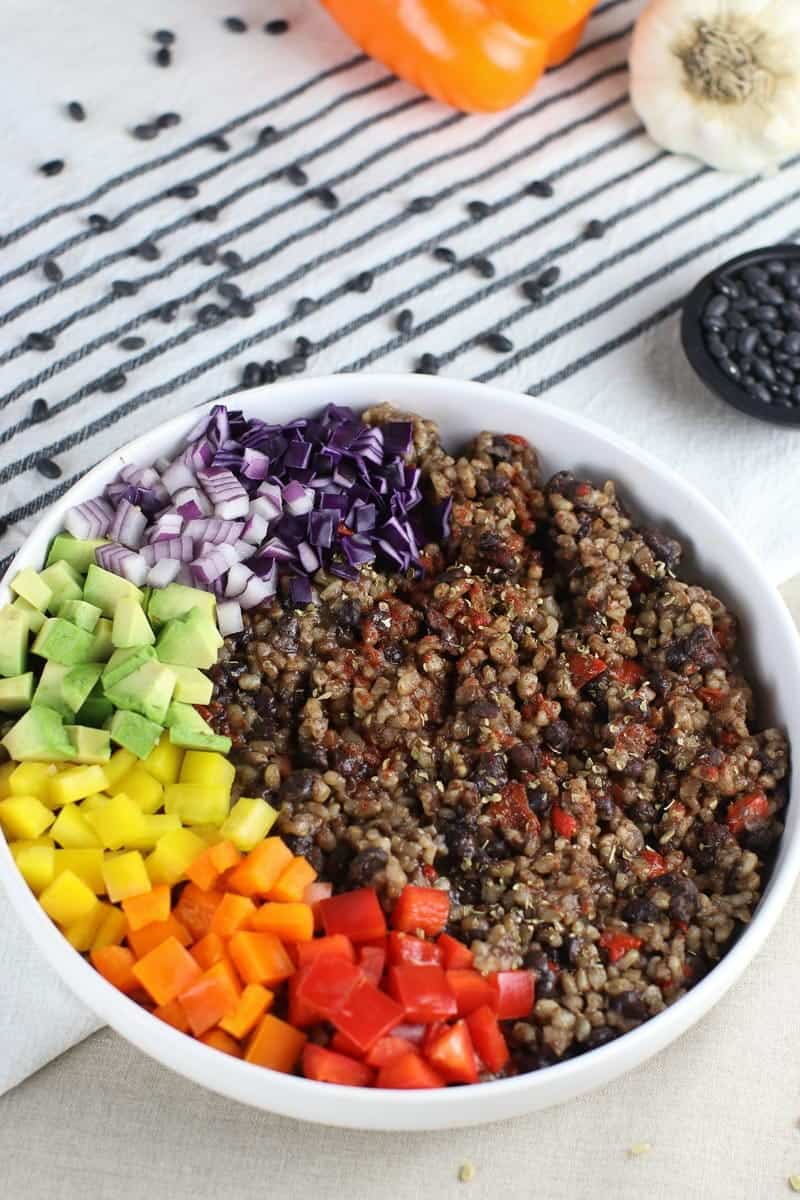
Appetizers and Snacks
From dips and hummus to finger foods like rollups and taquitos, black beans work well in appetizers, snacks, and party food!
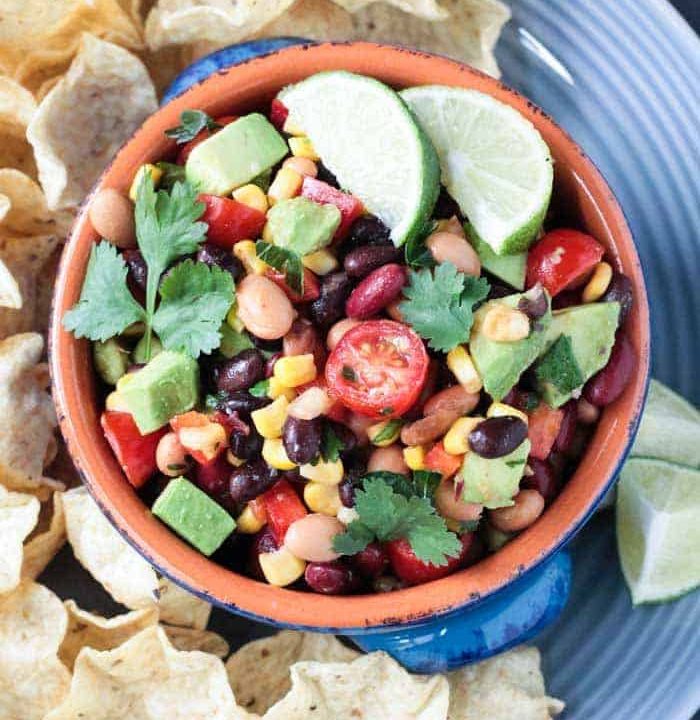
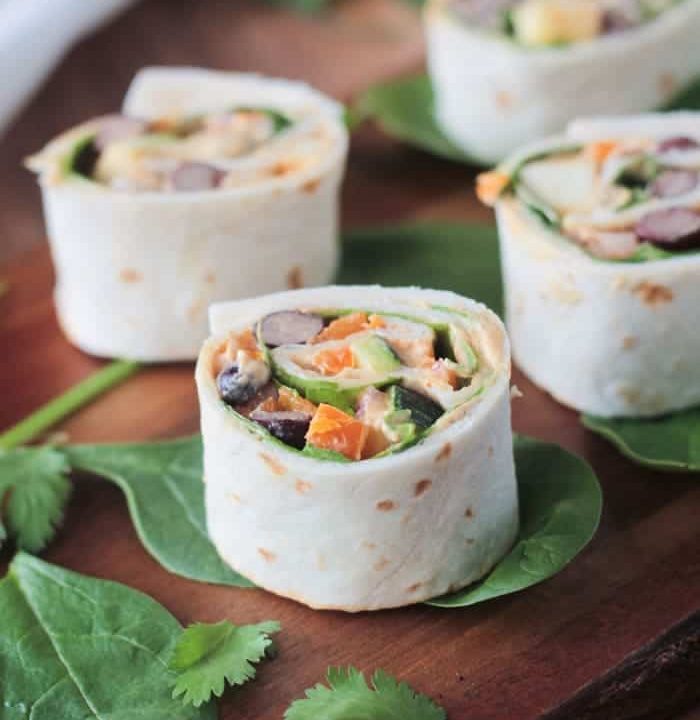
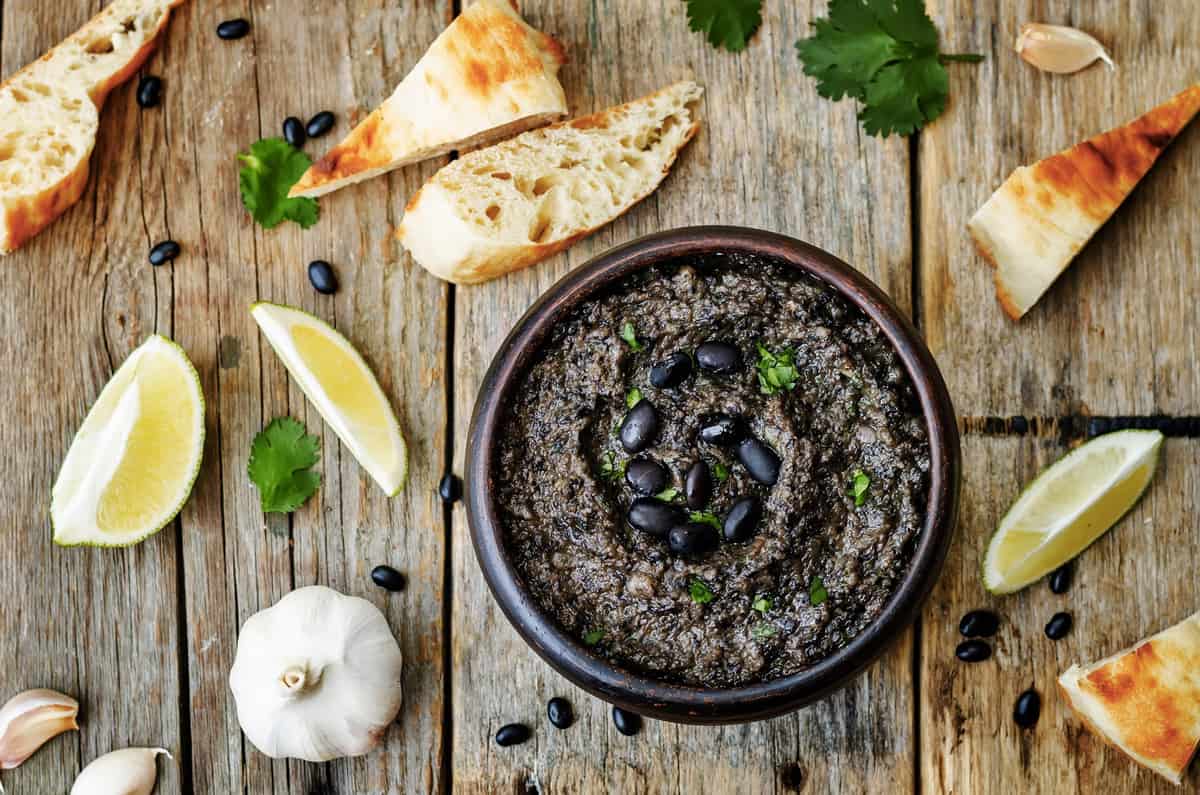
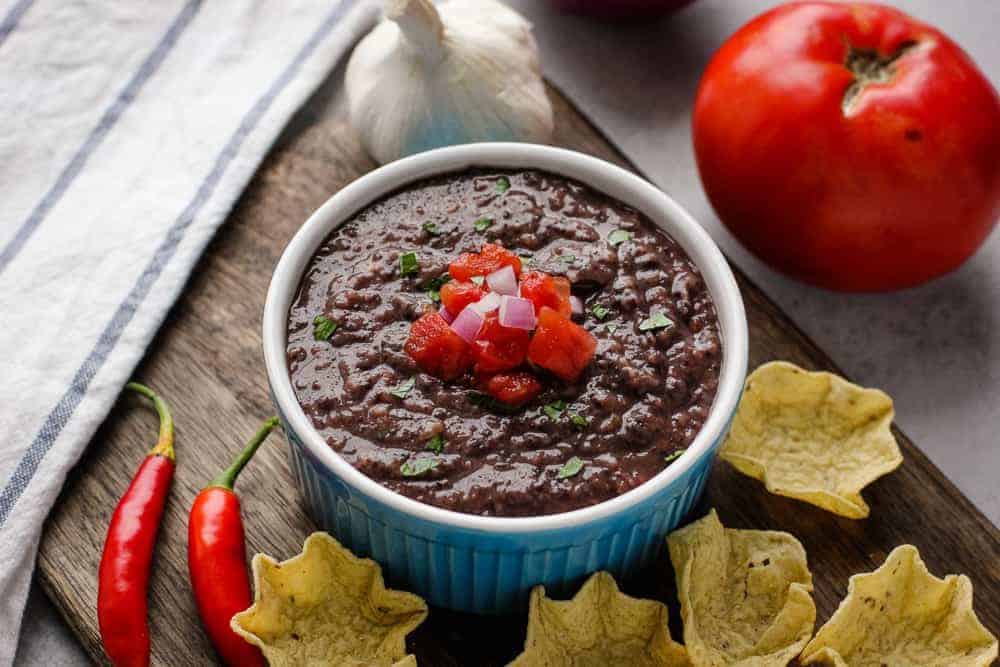
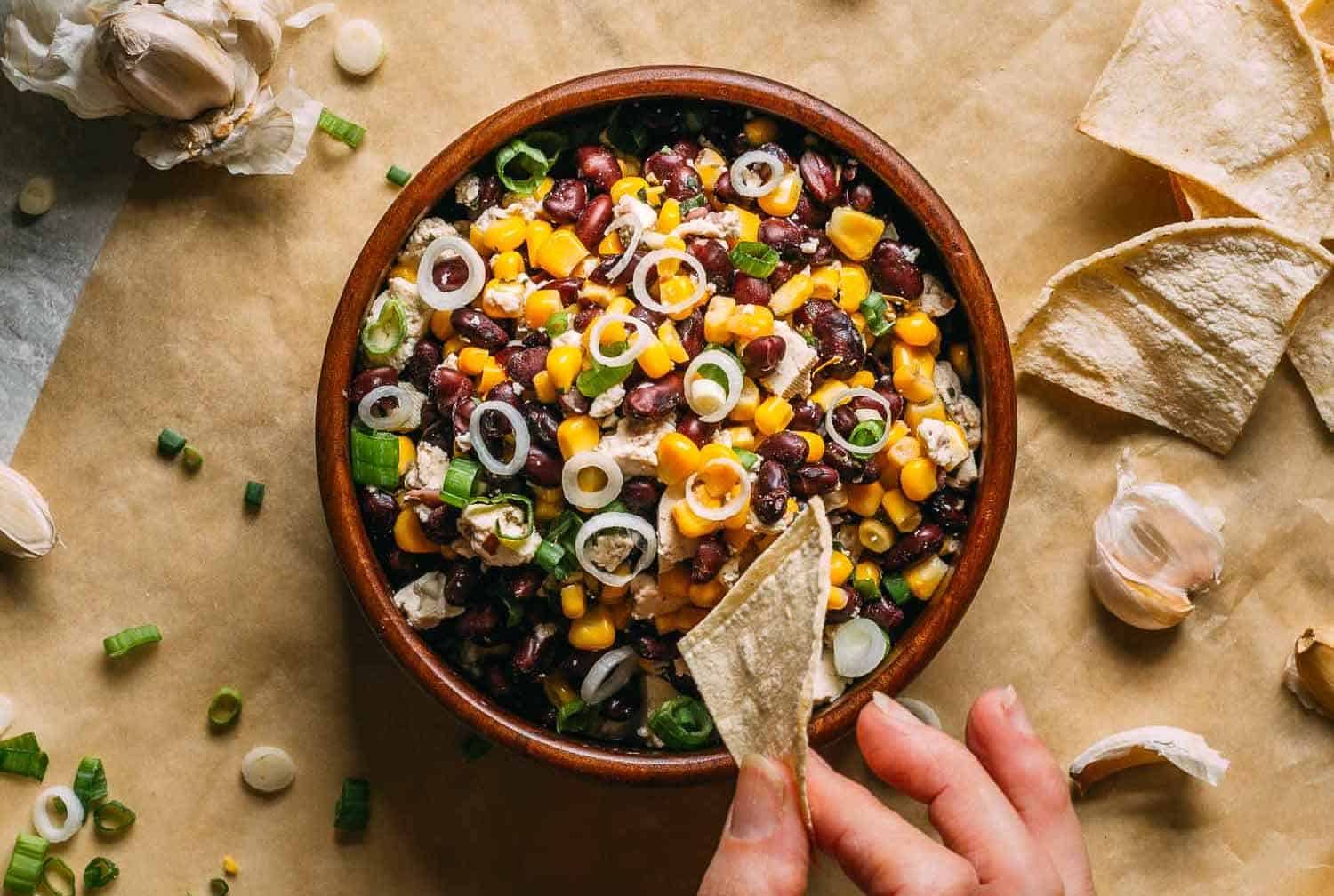
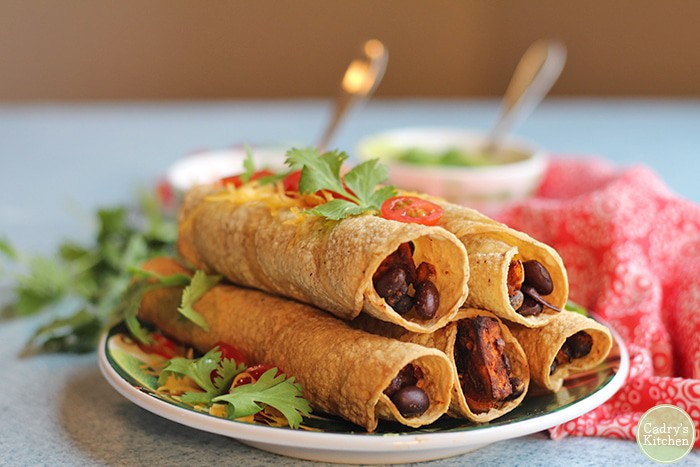
Desserts and Sweet Treats
Yes, it's true! You can even use black beans in dessert recipes! They compliment the flavors of chocolate really well and lend a creamy texture to the finished dish.
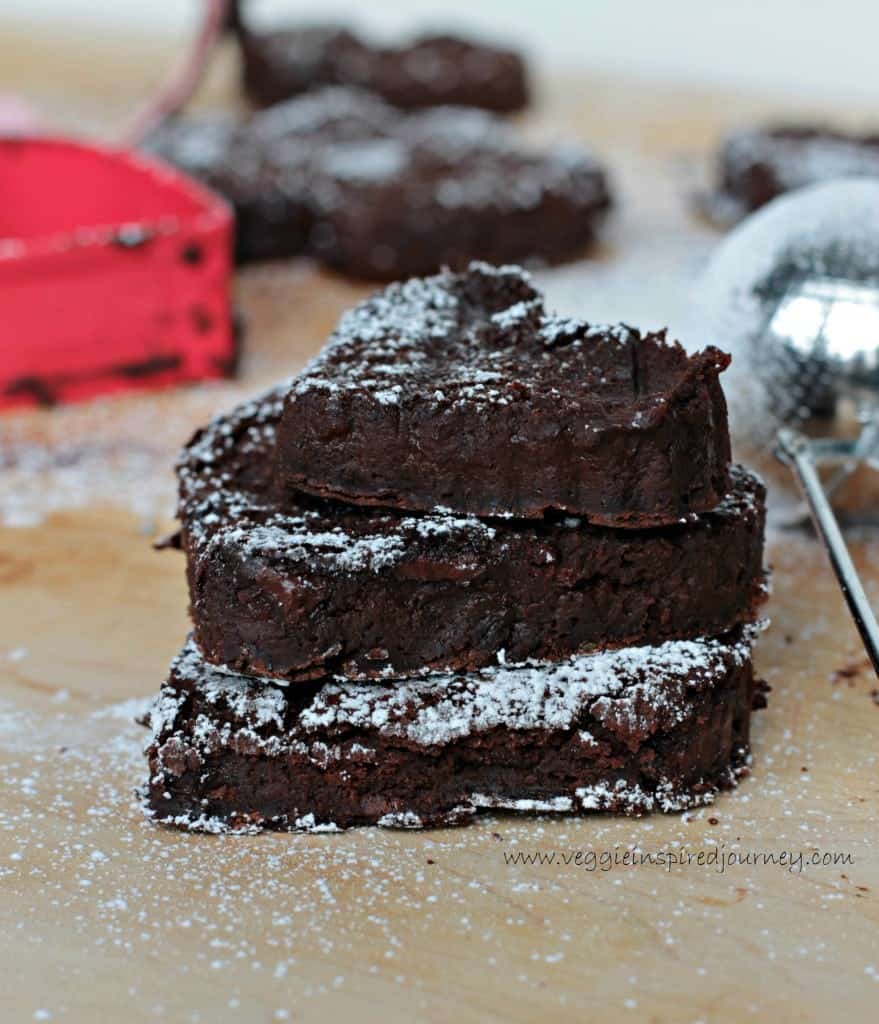
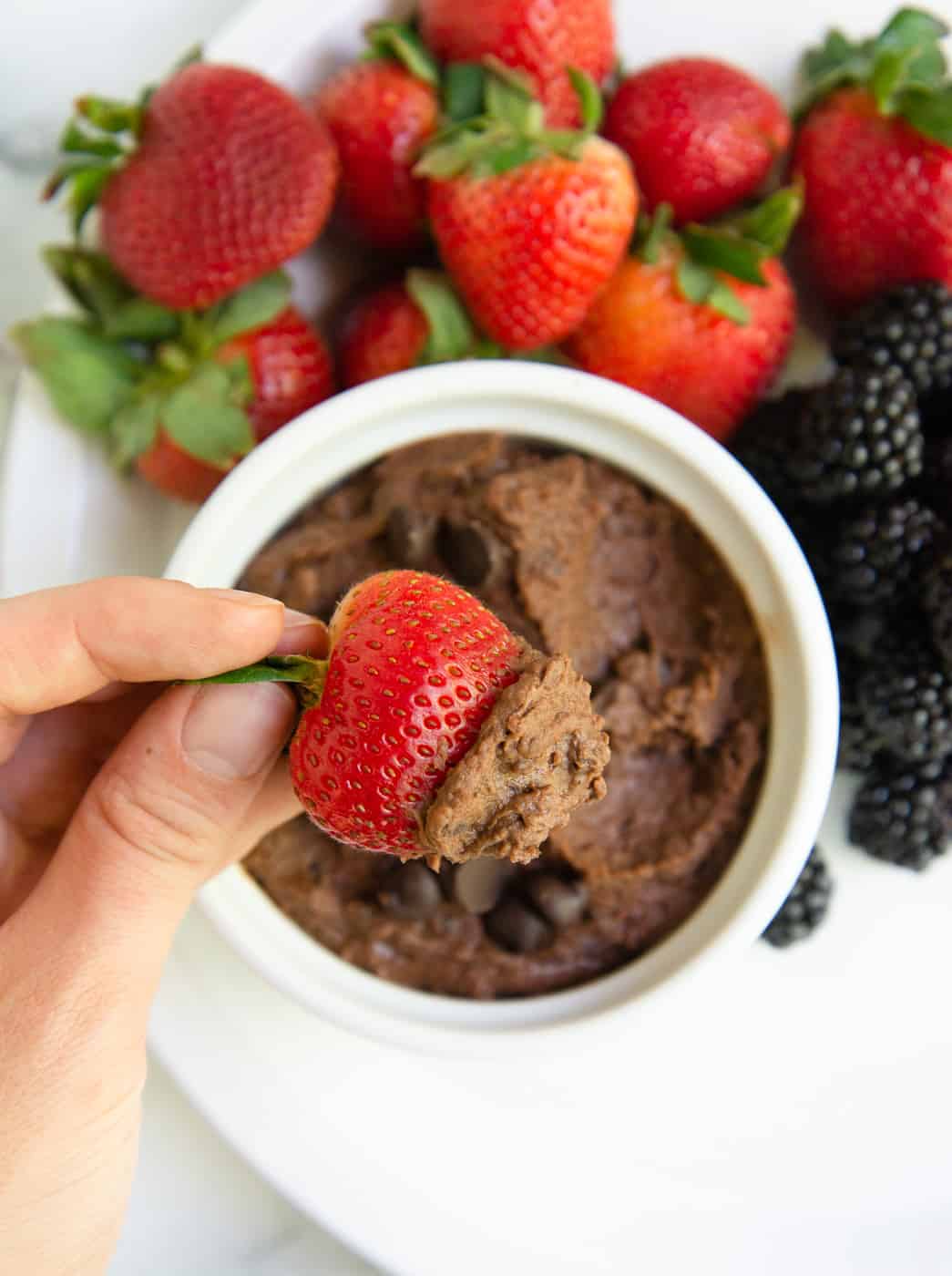
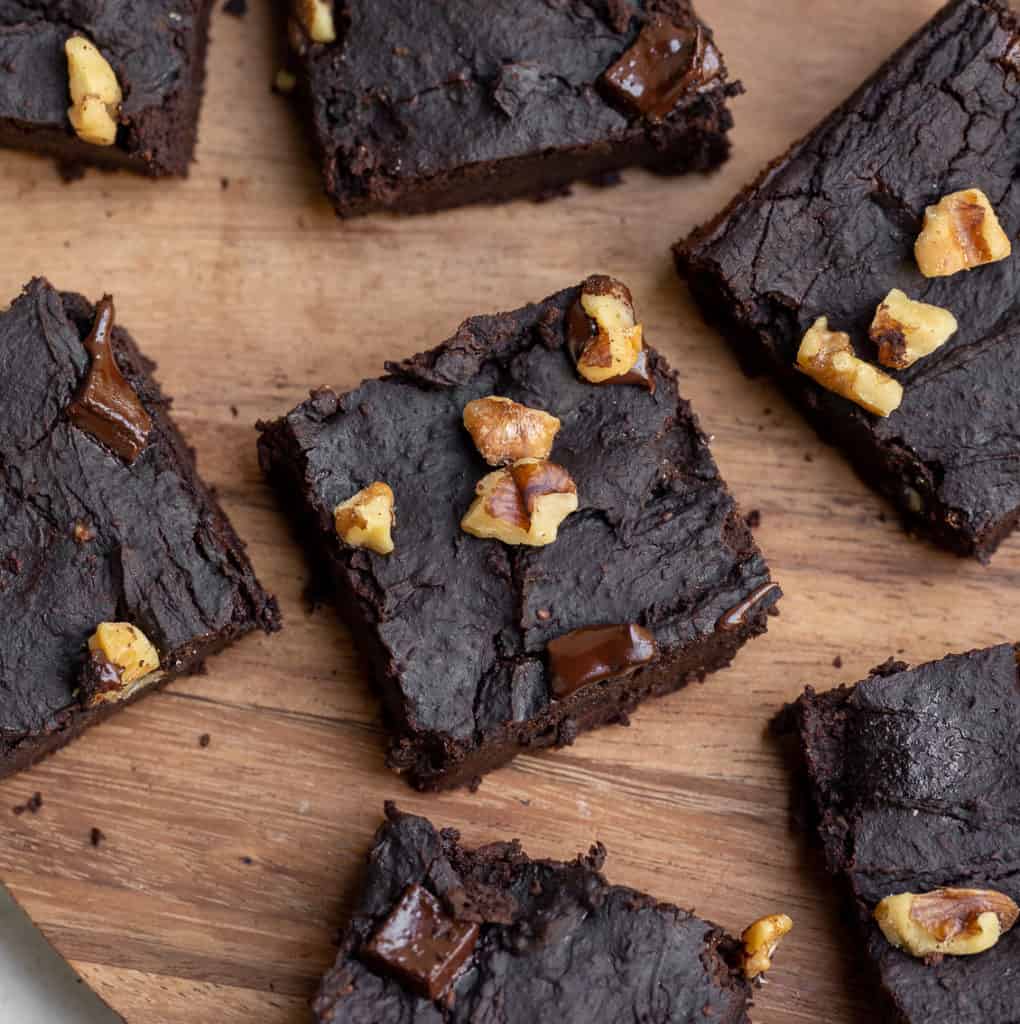
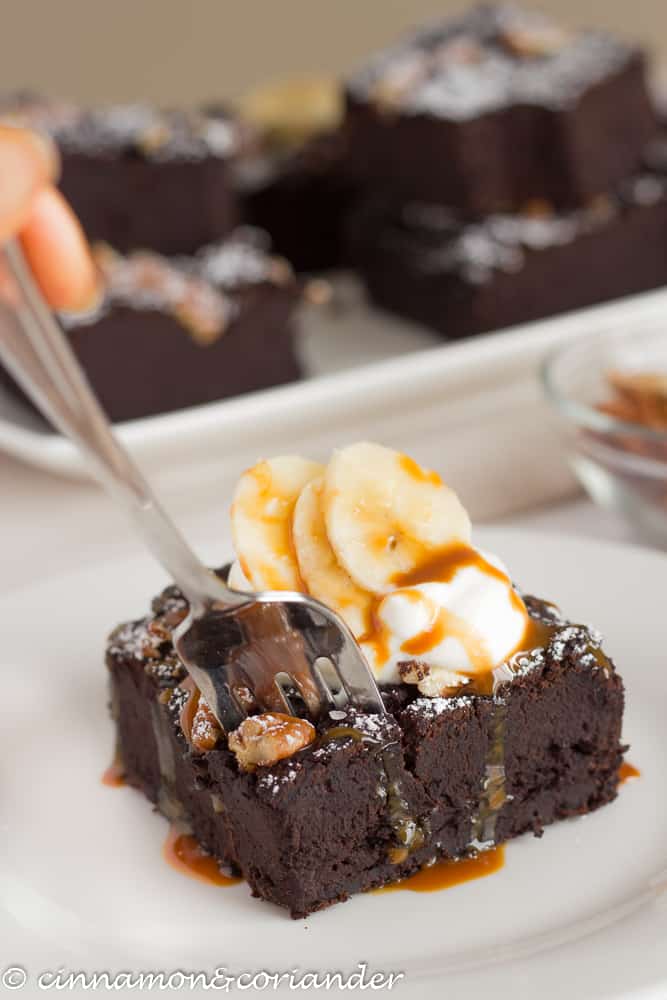
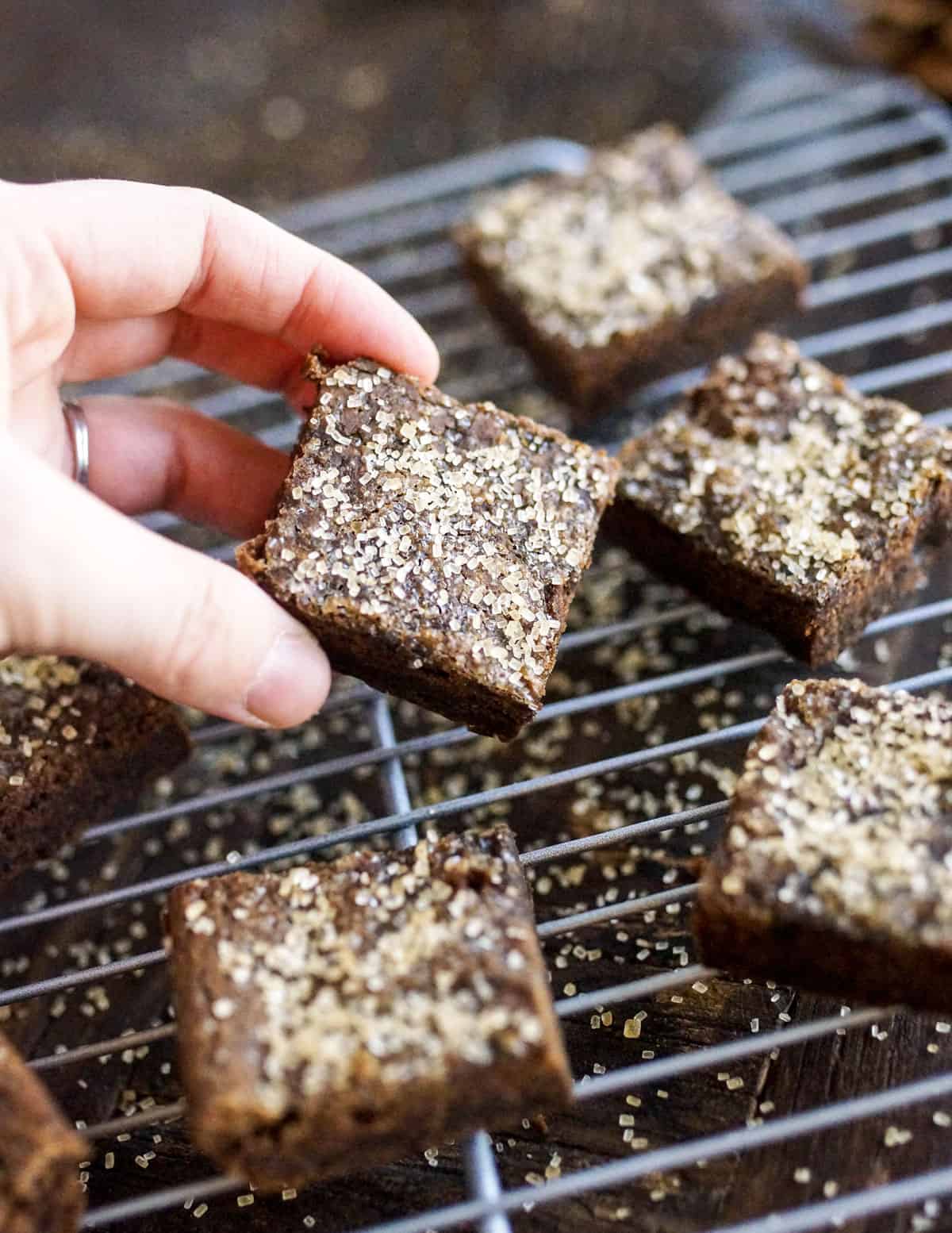
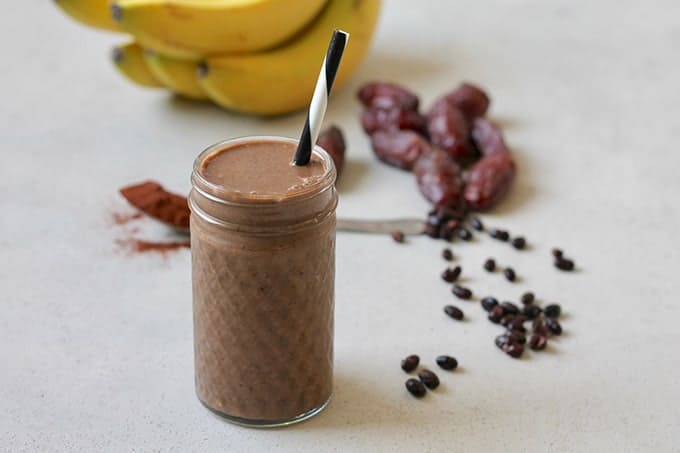






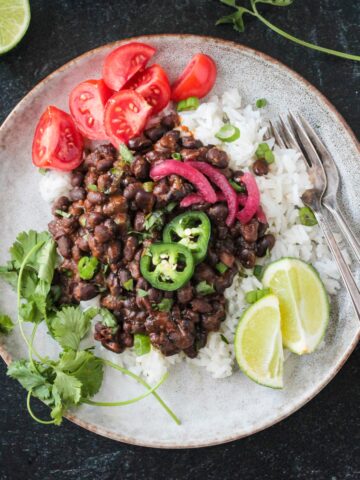
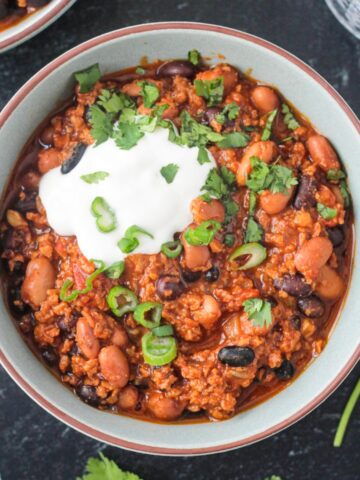
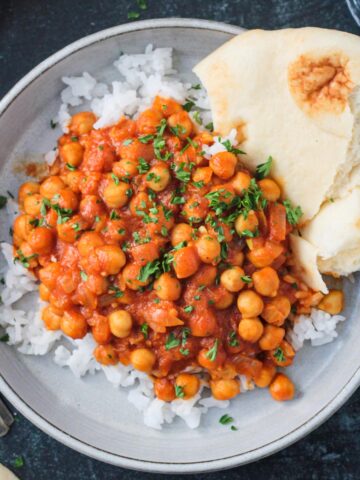

Comments
No Comments